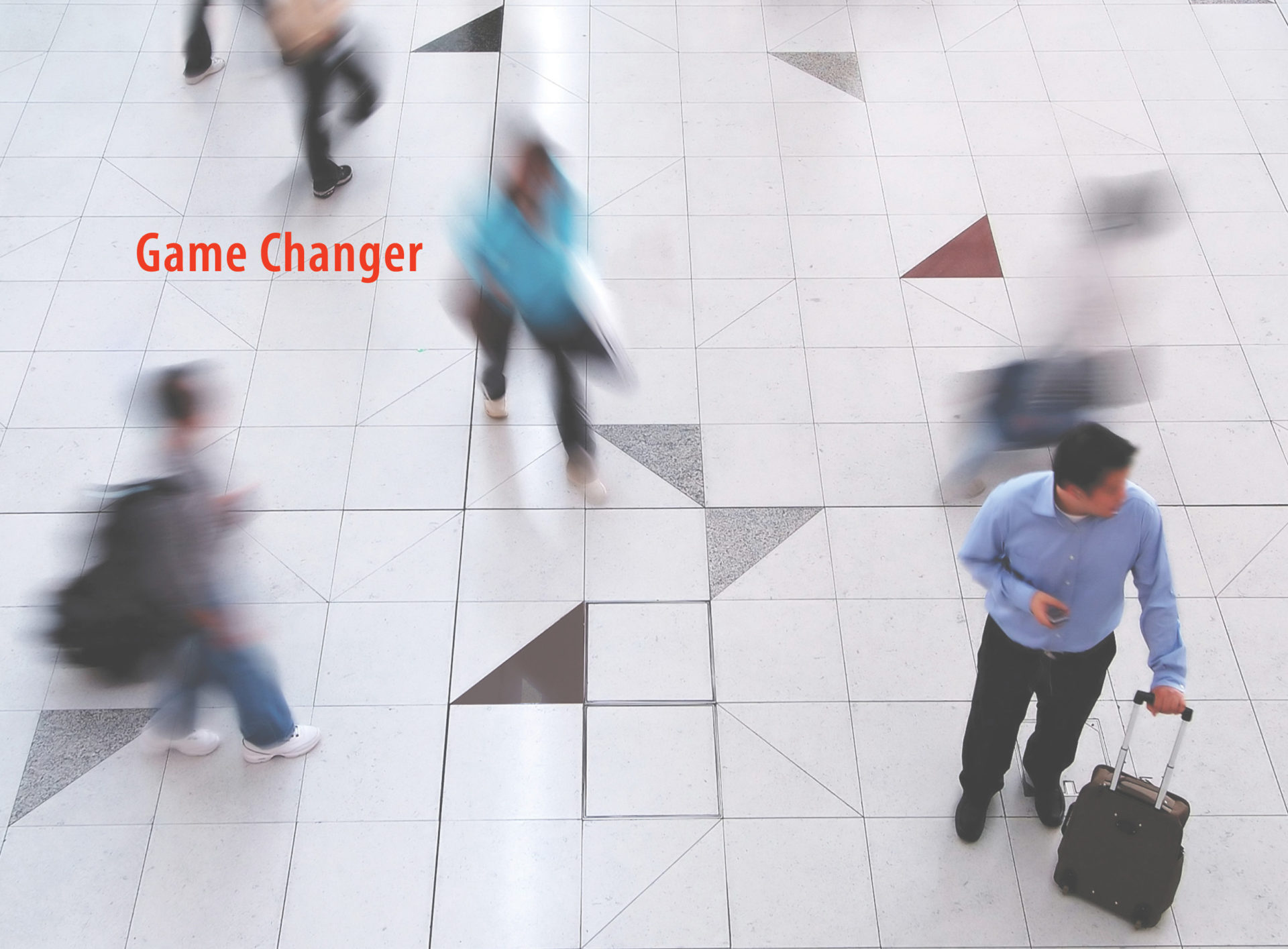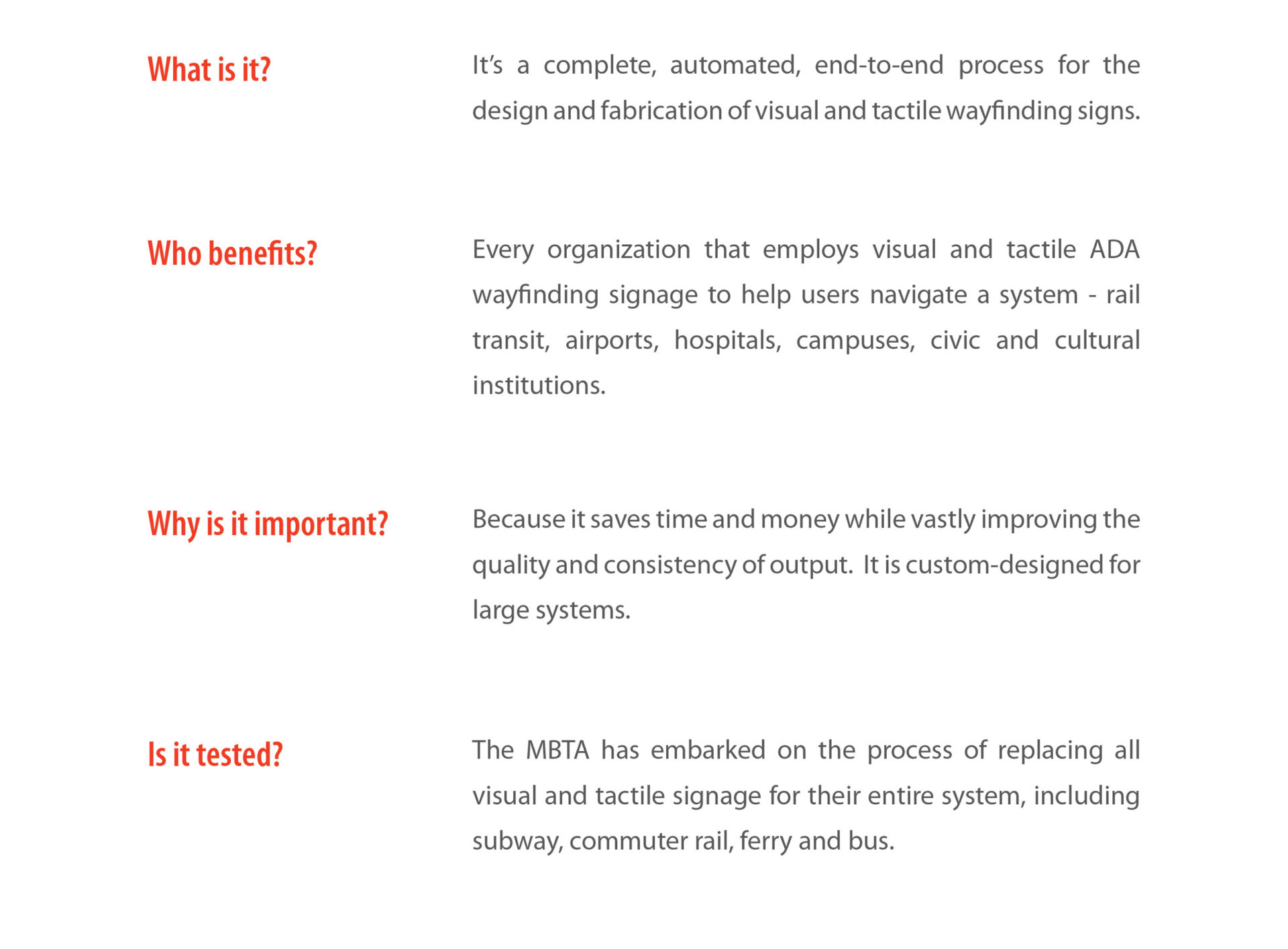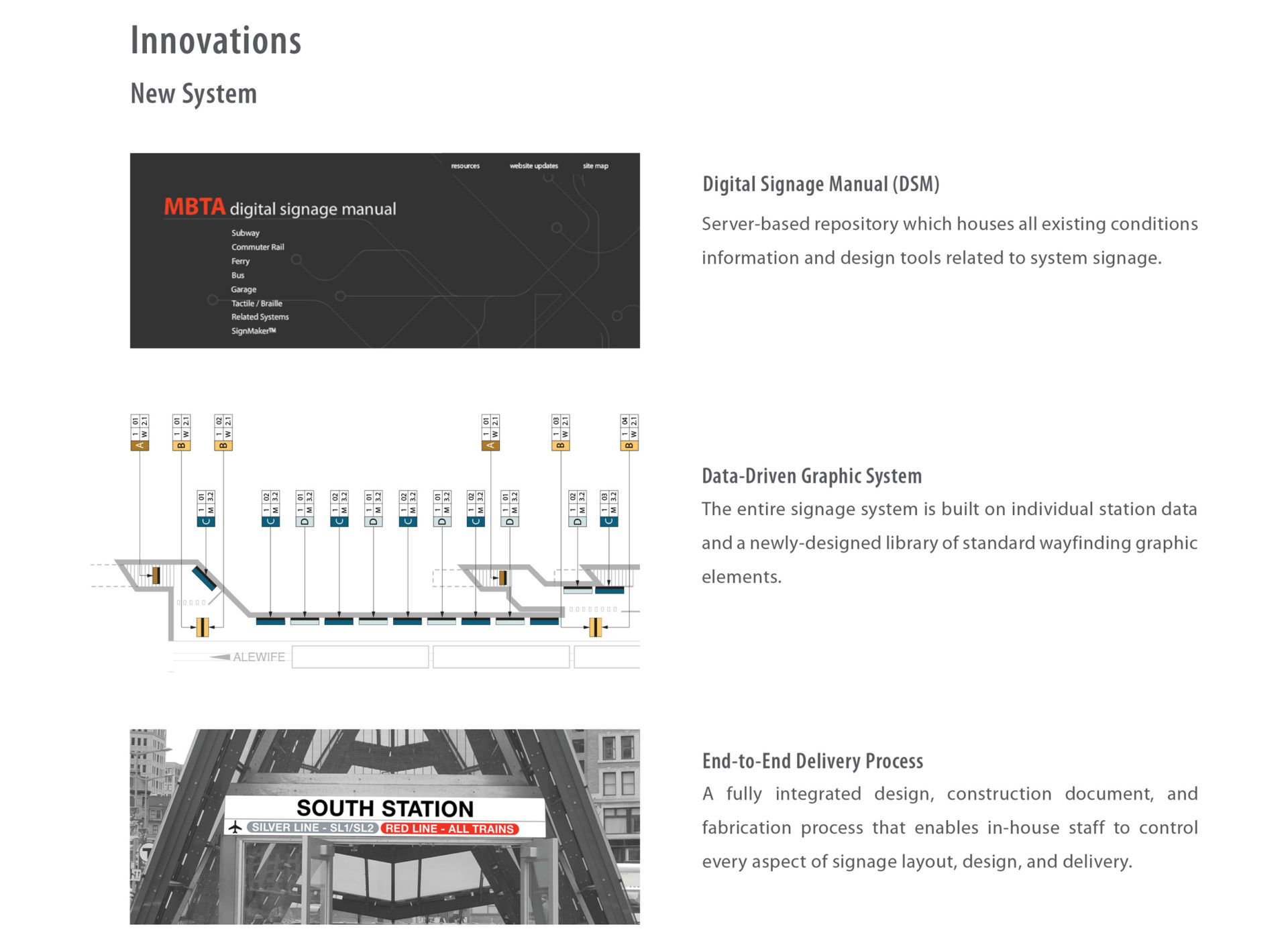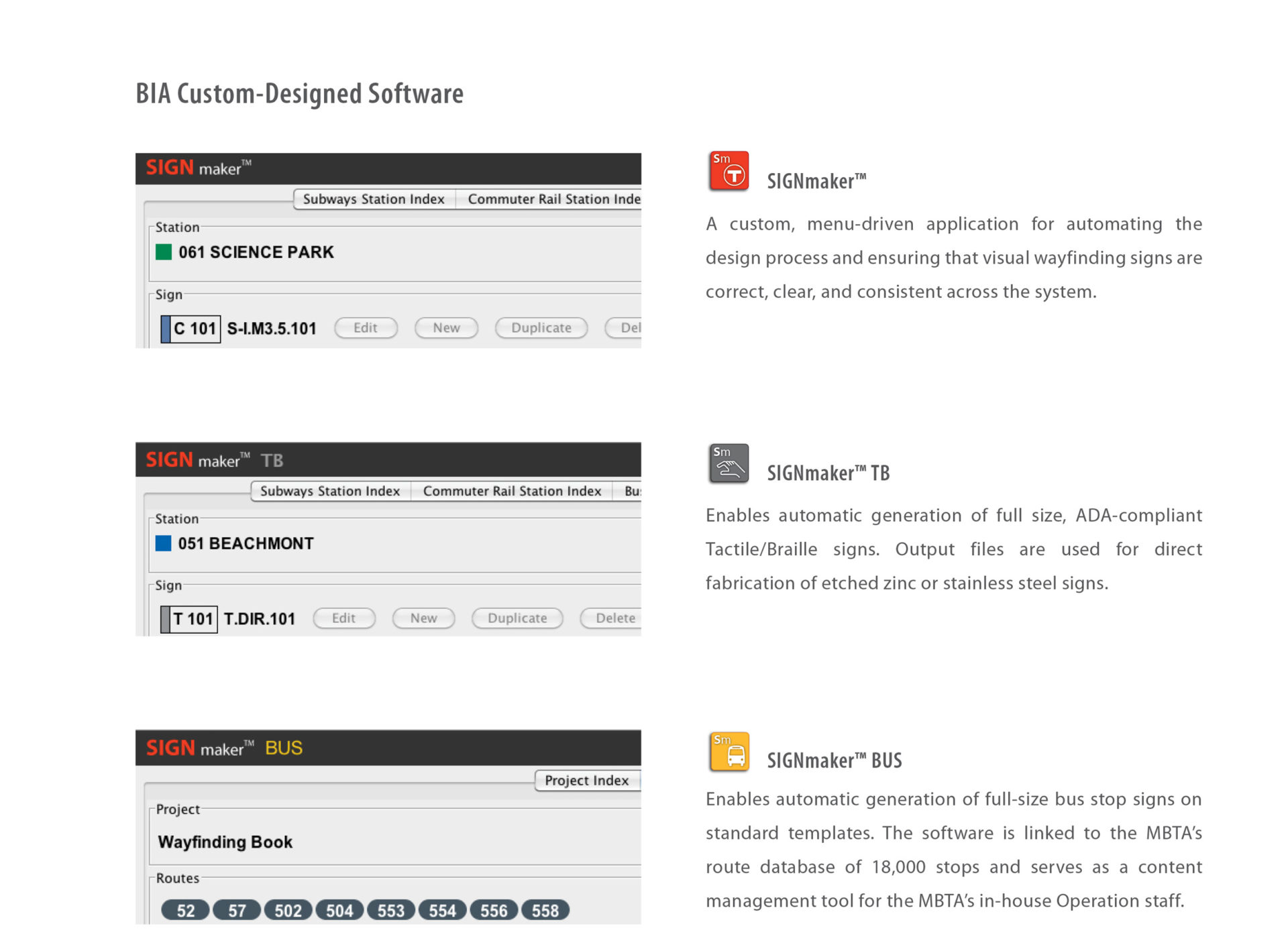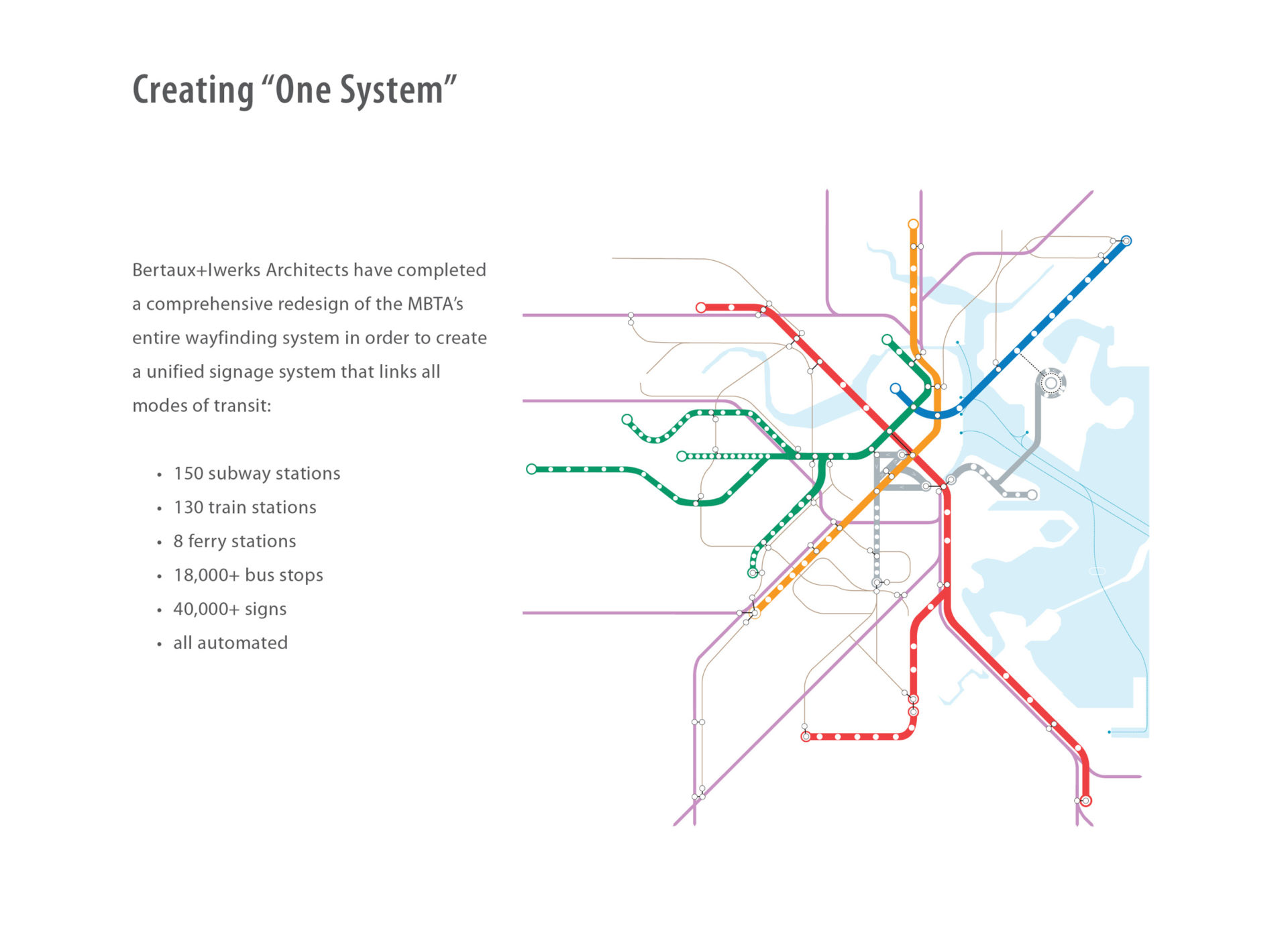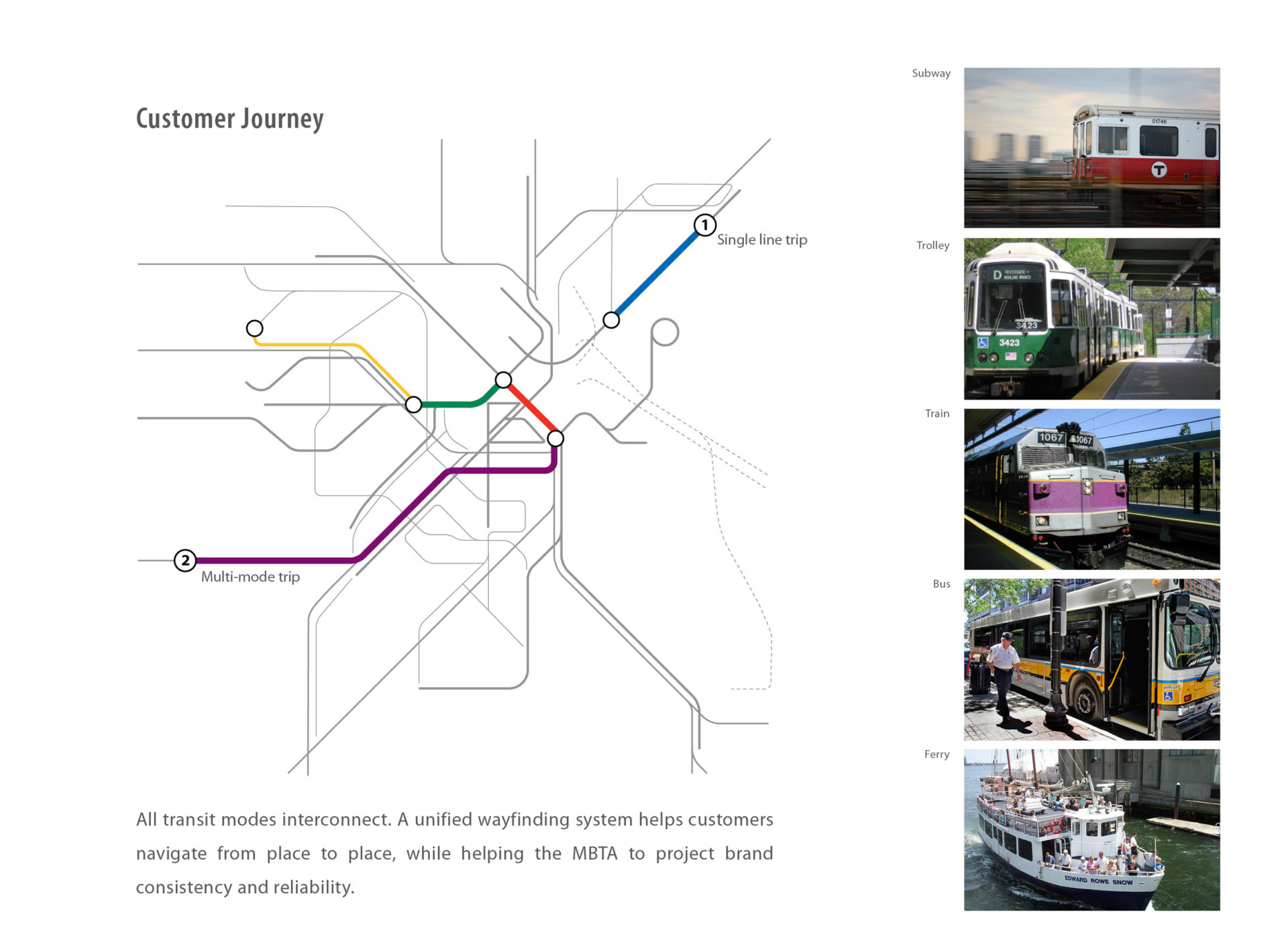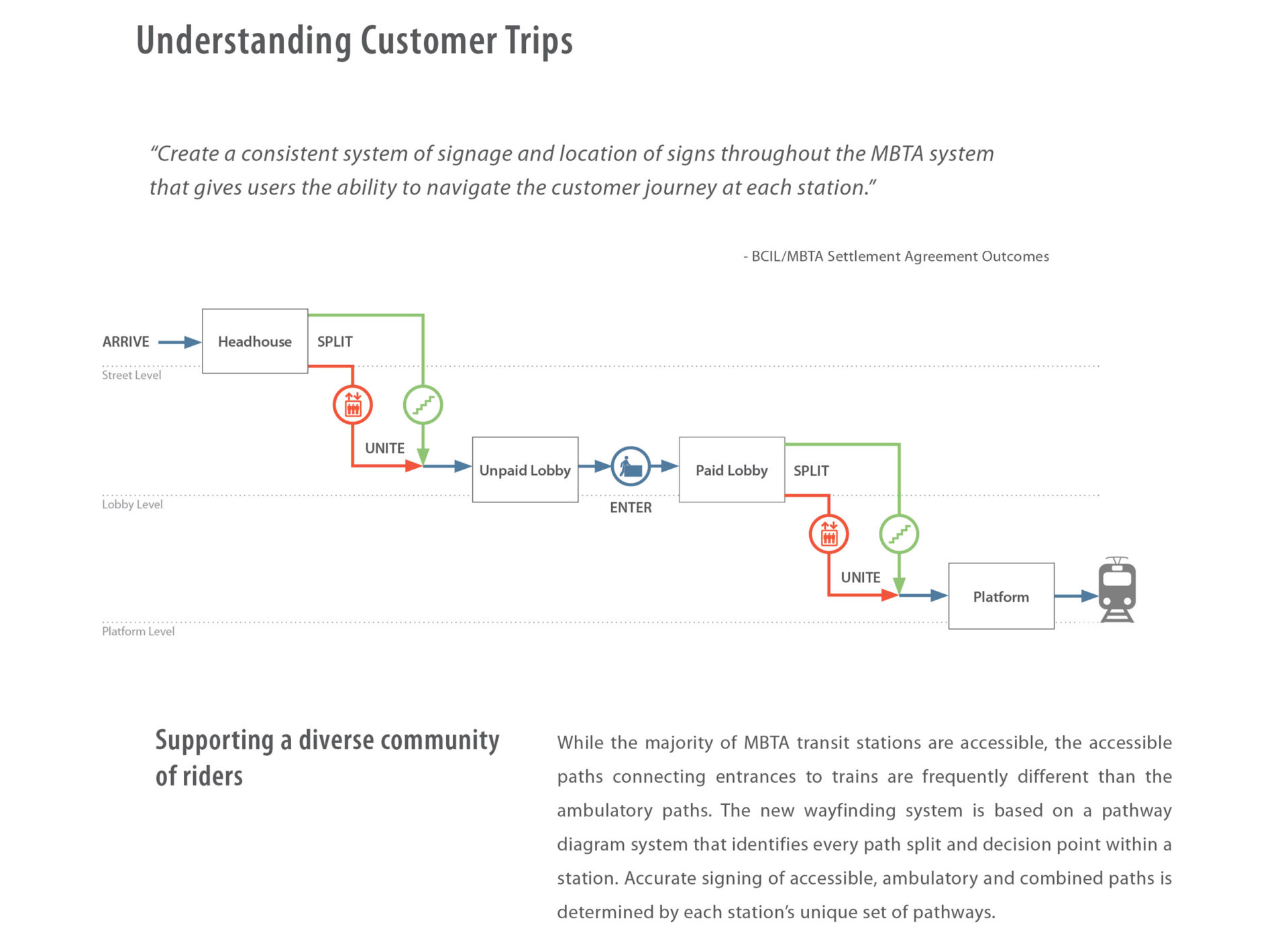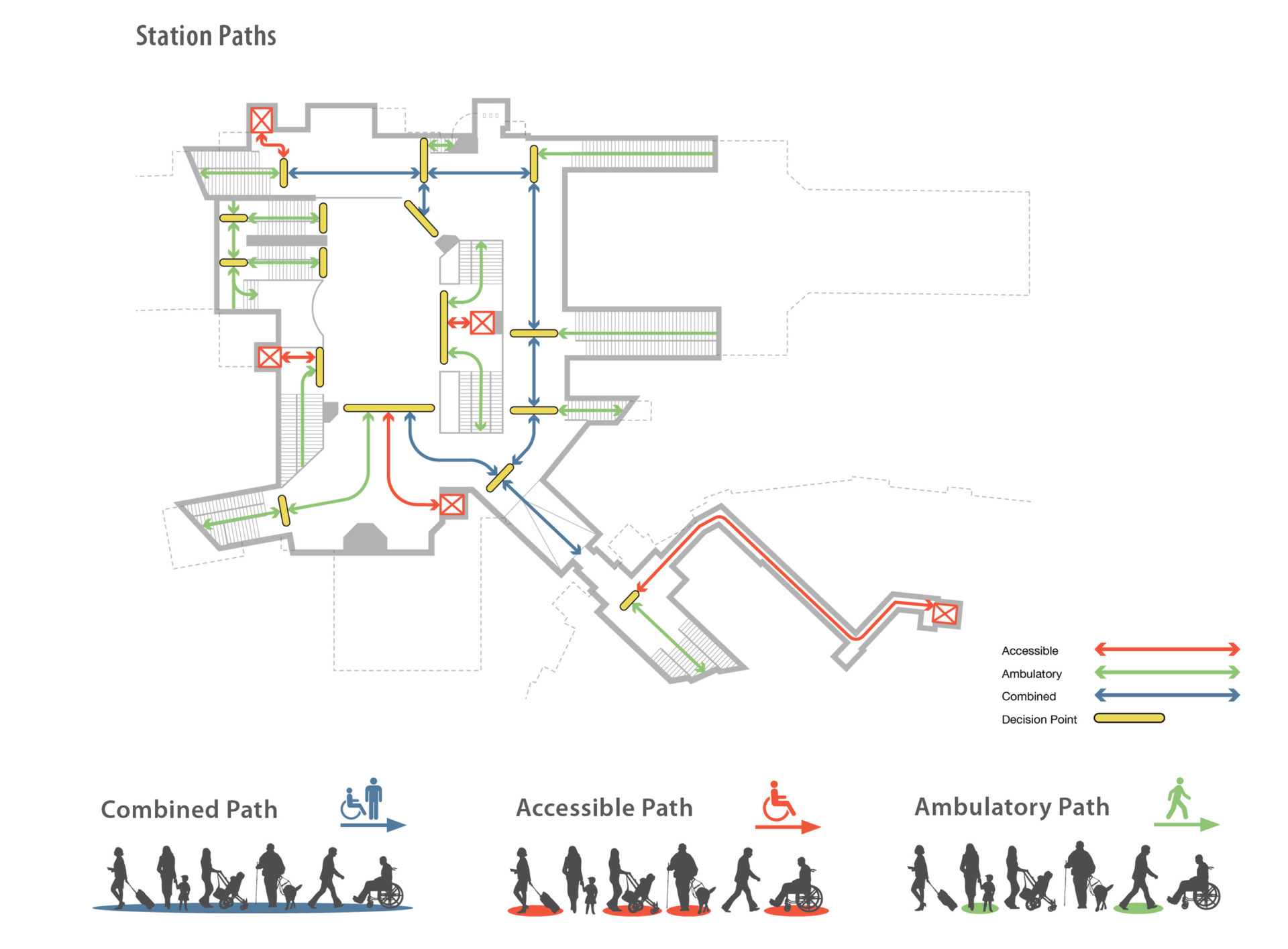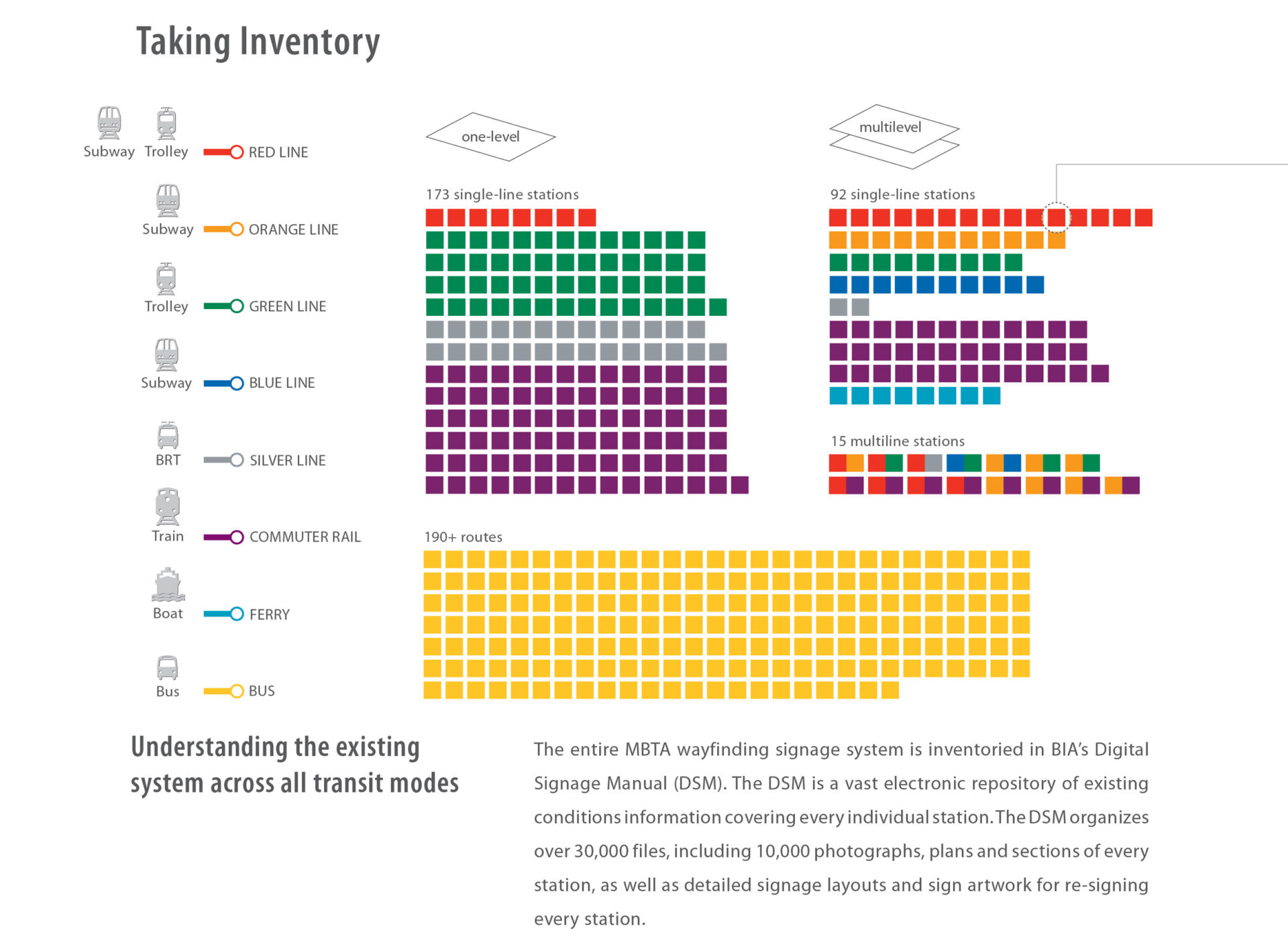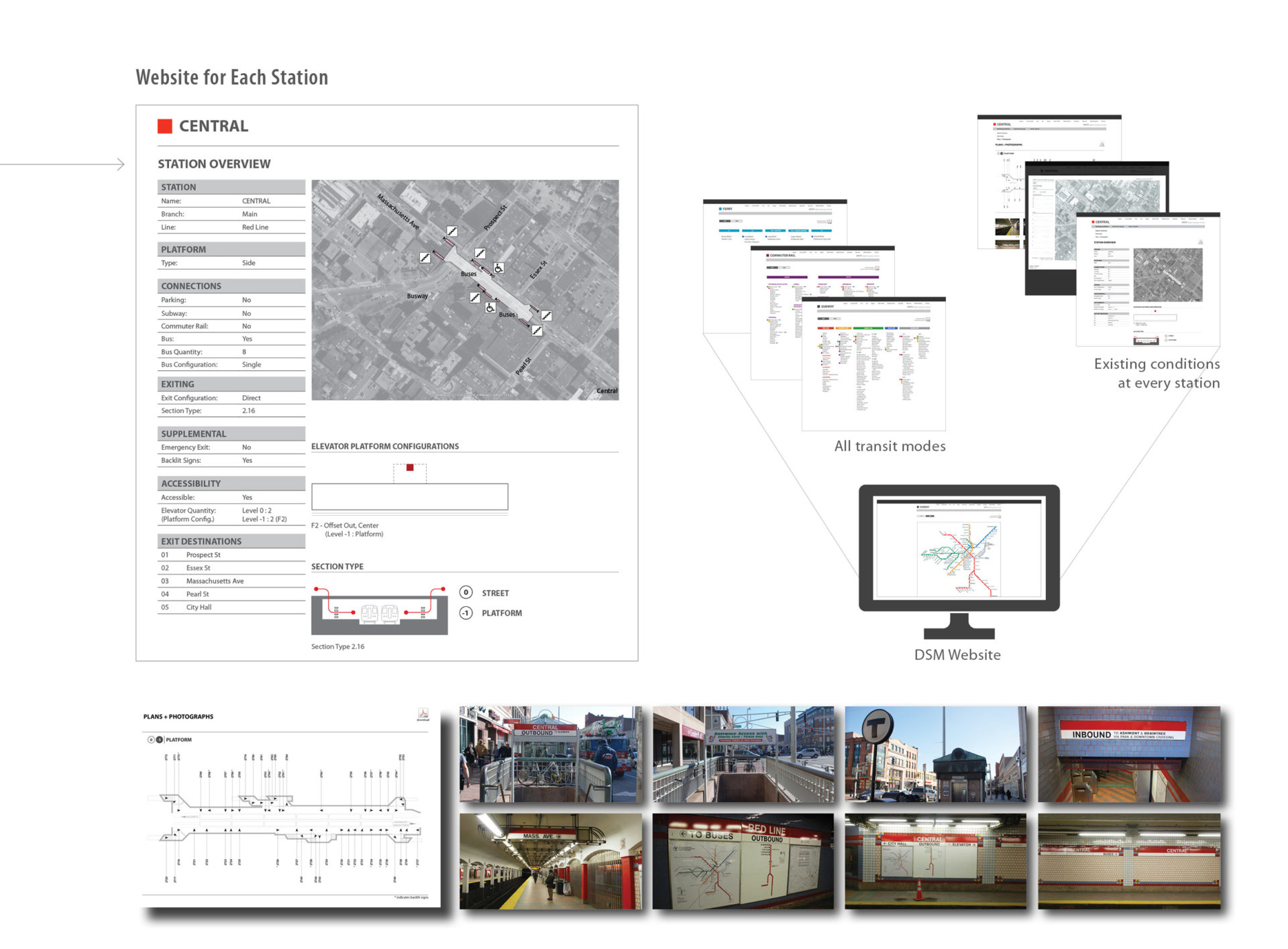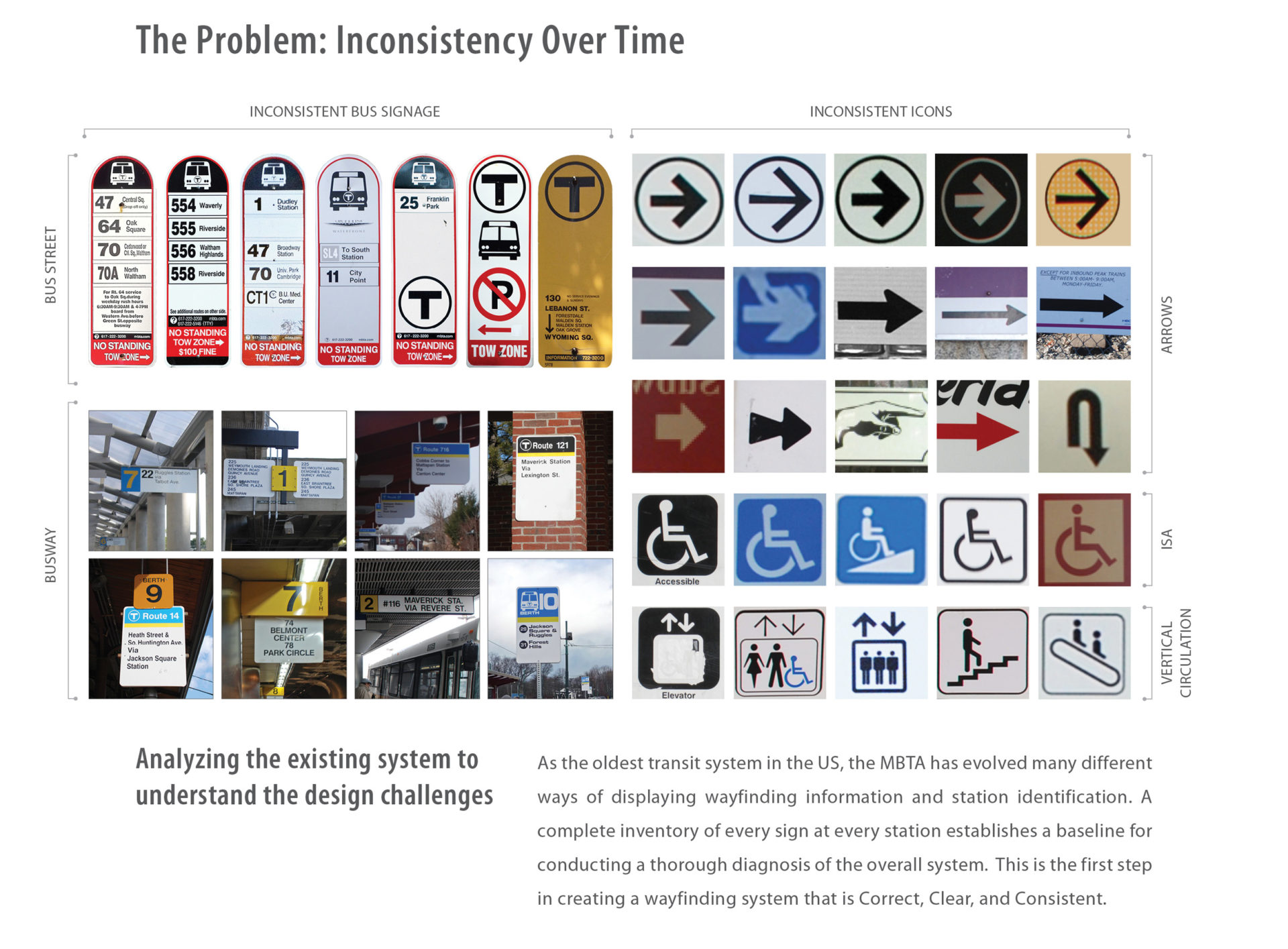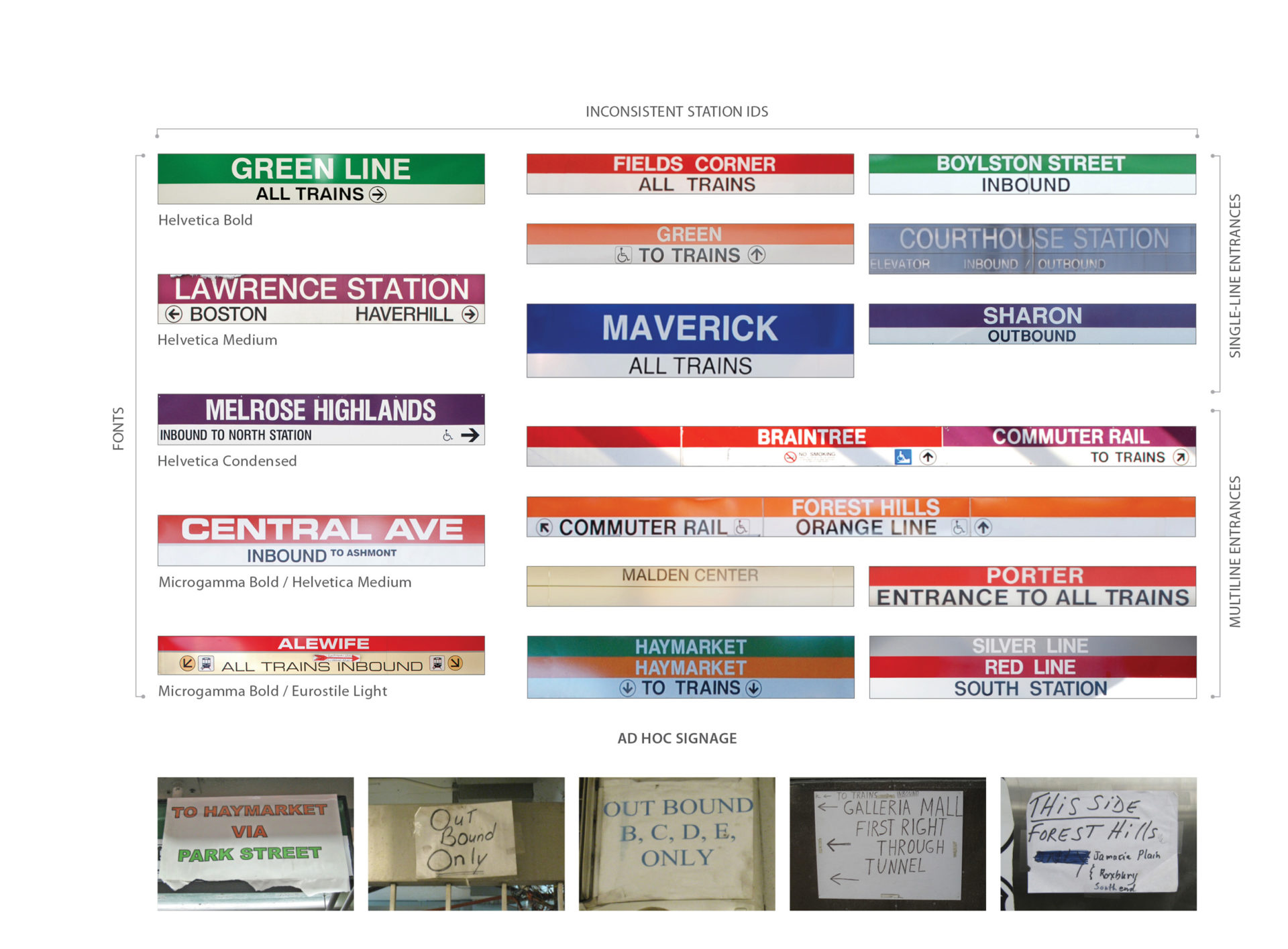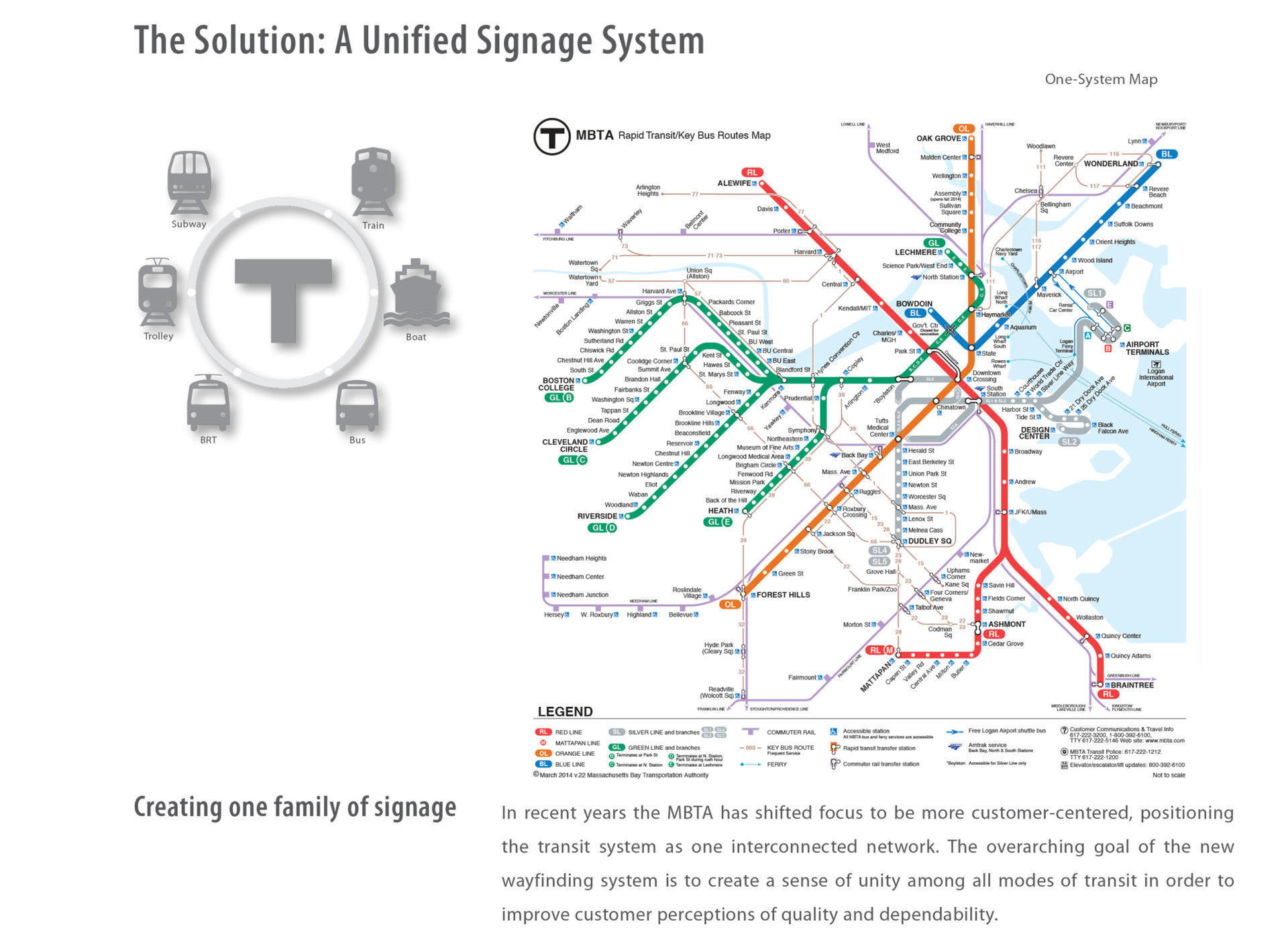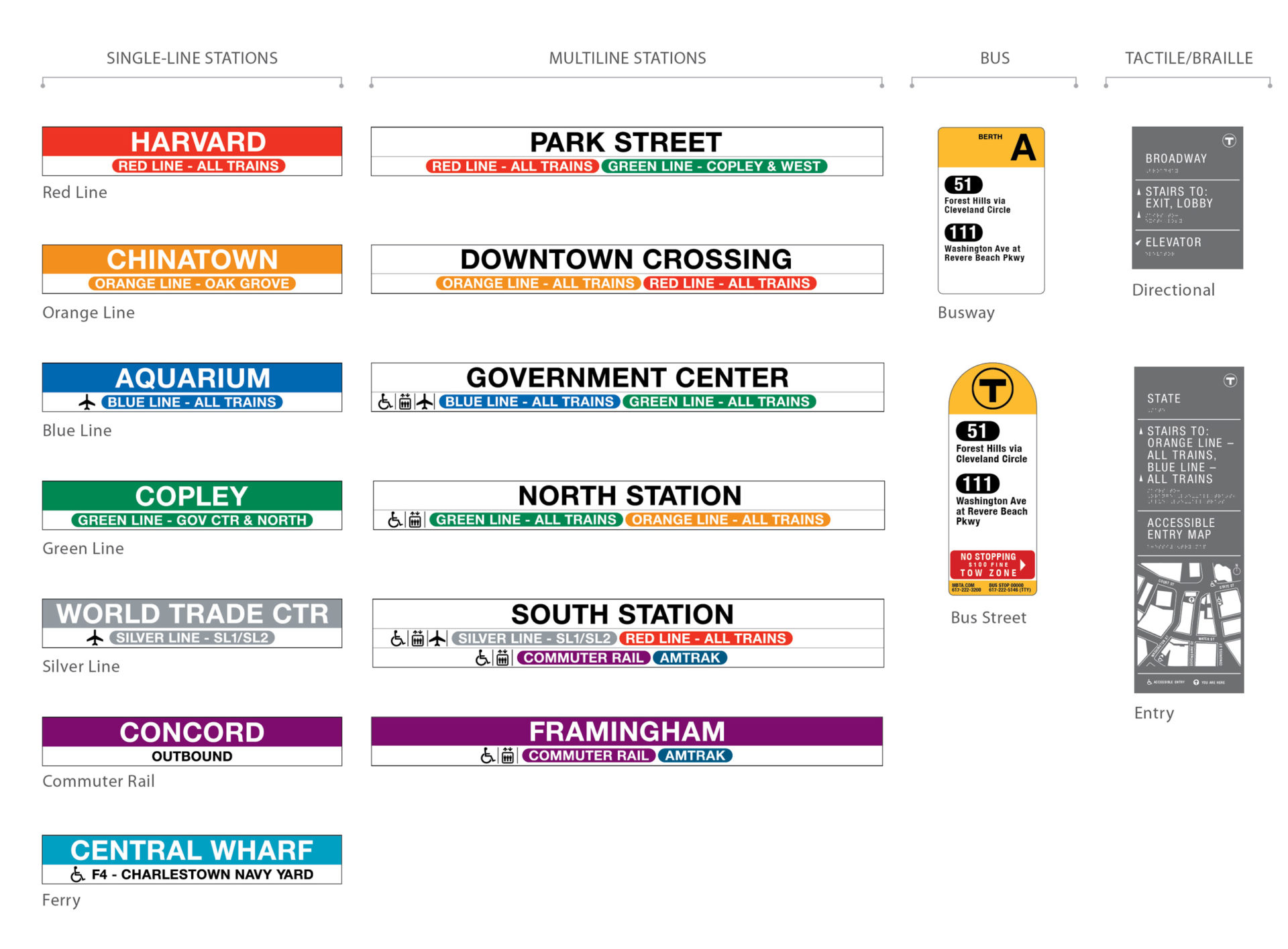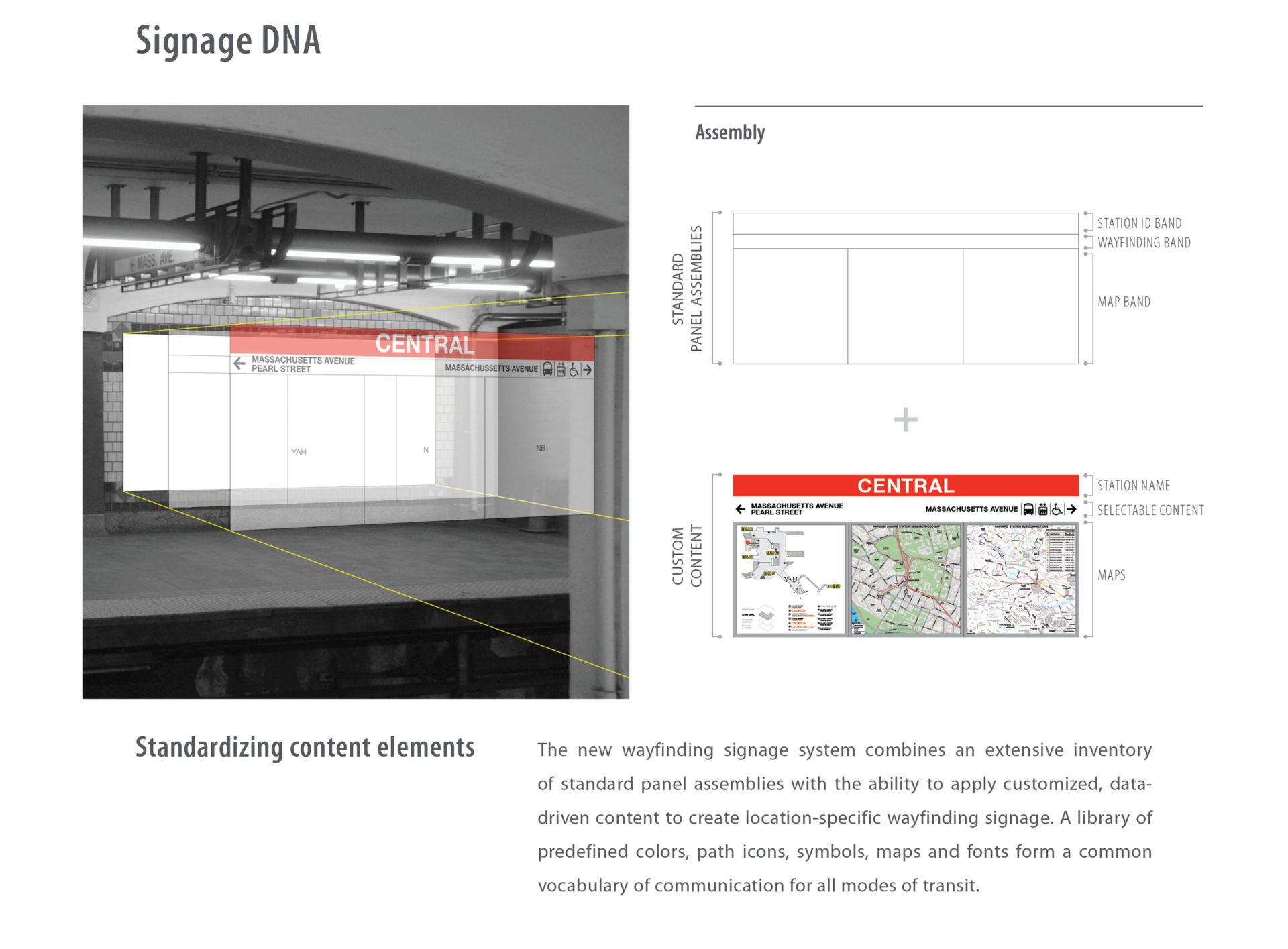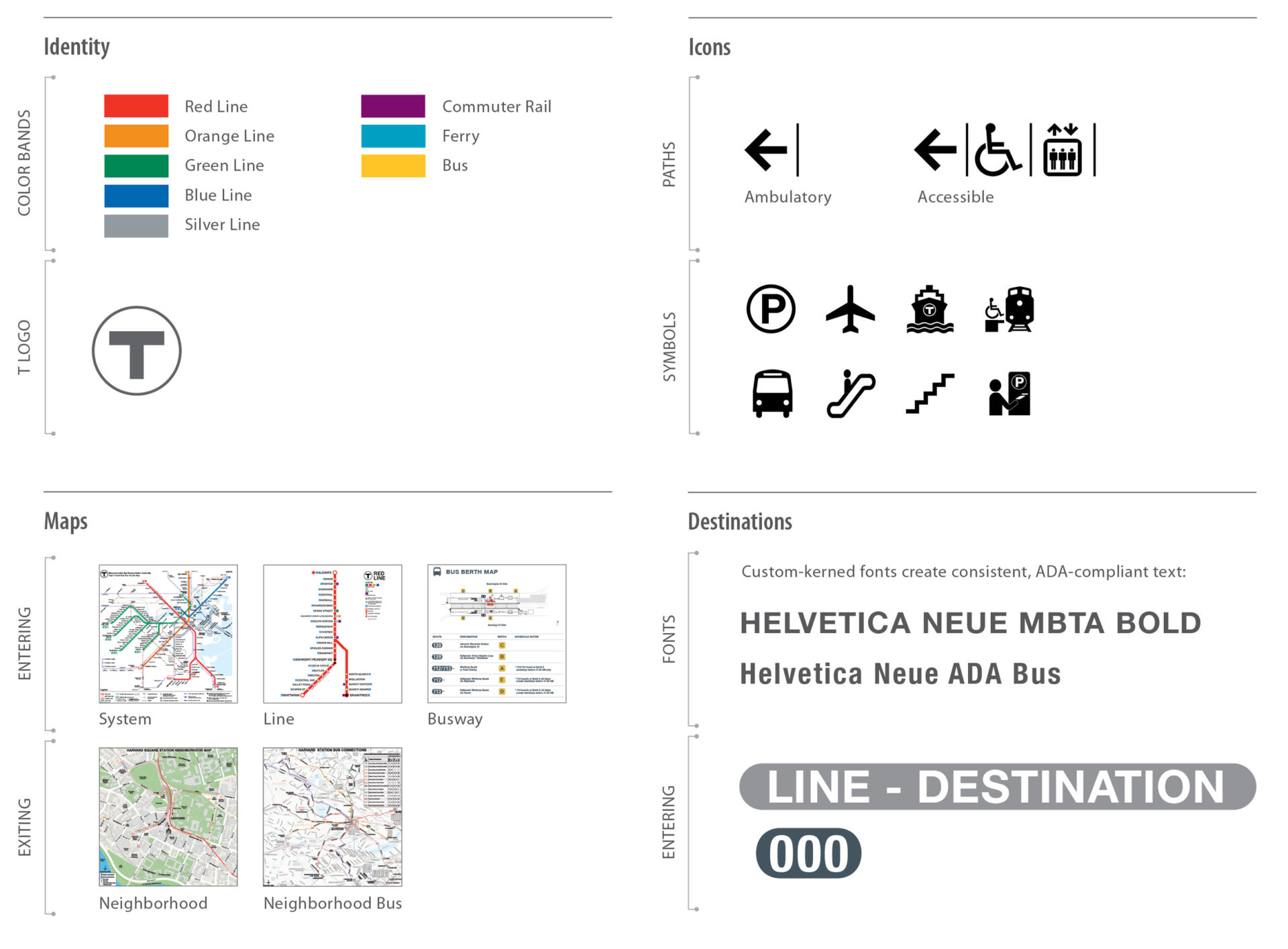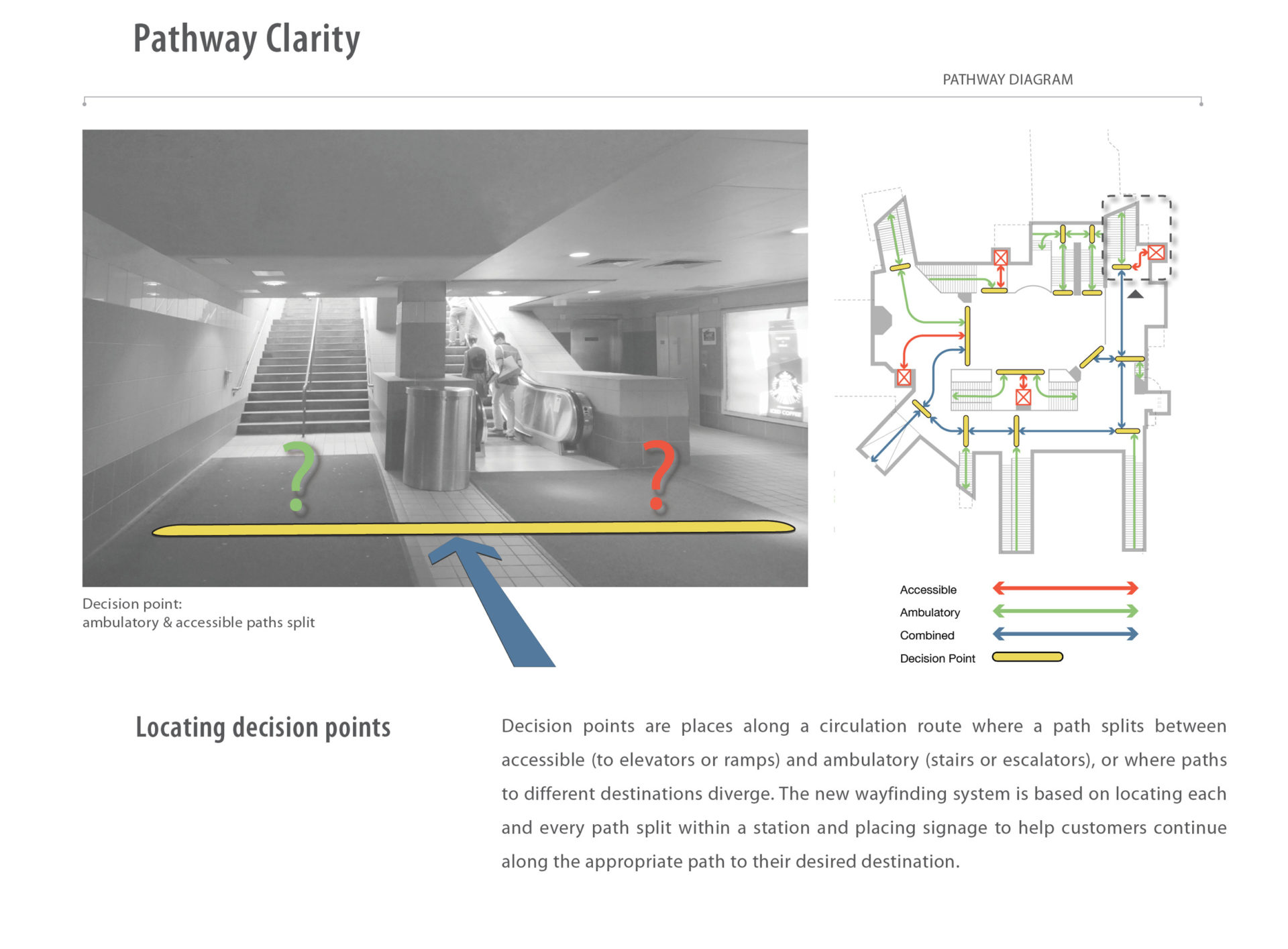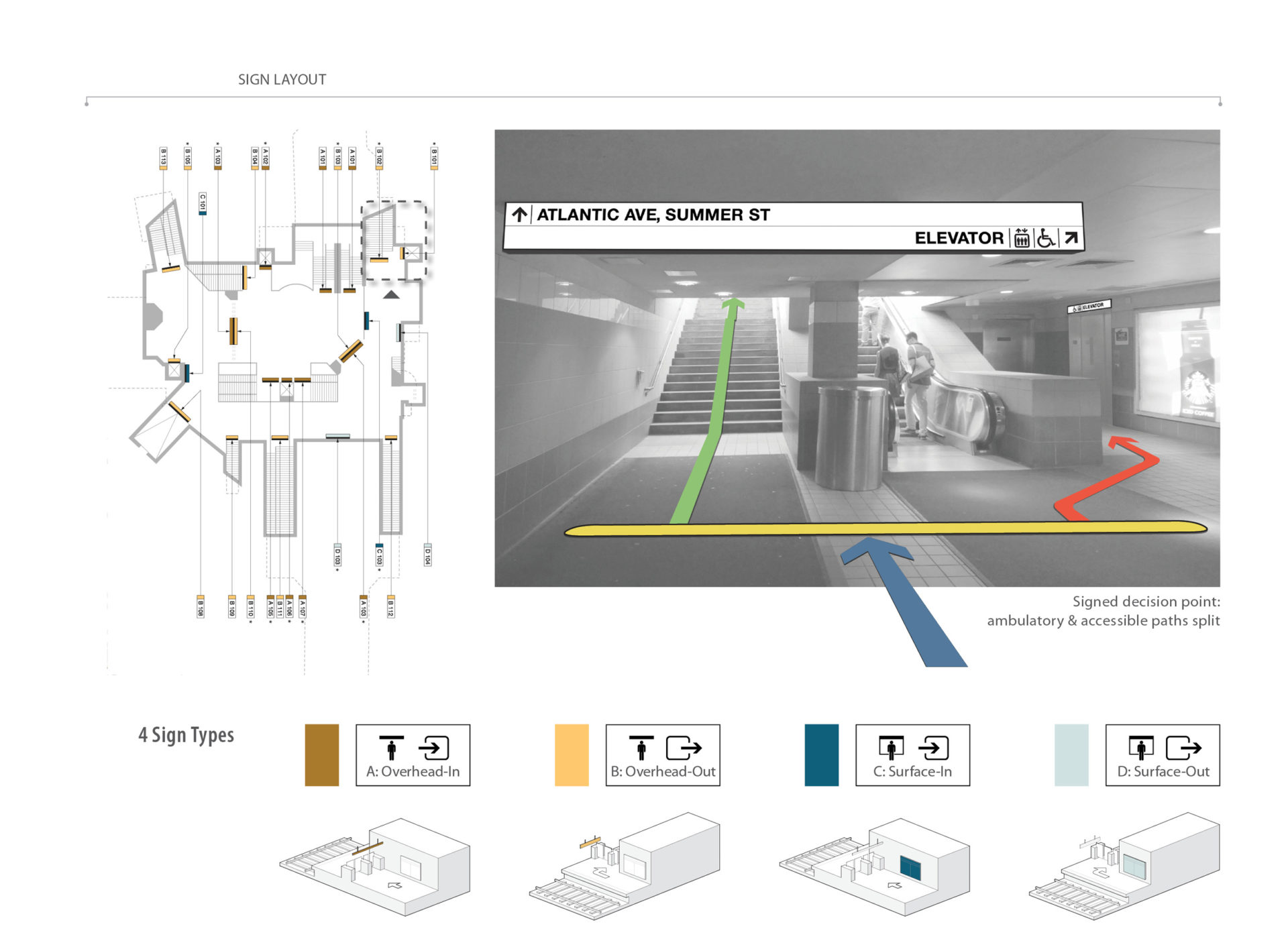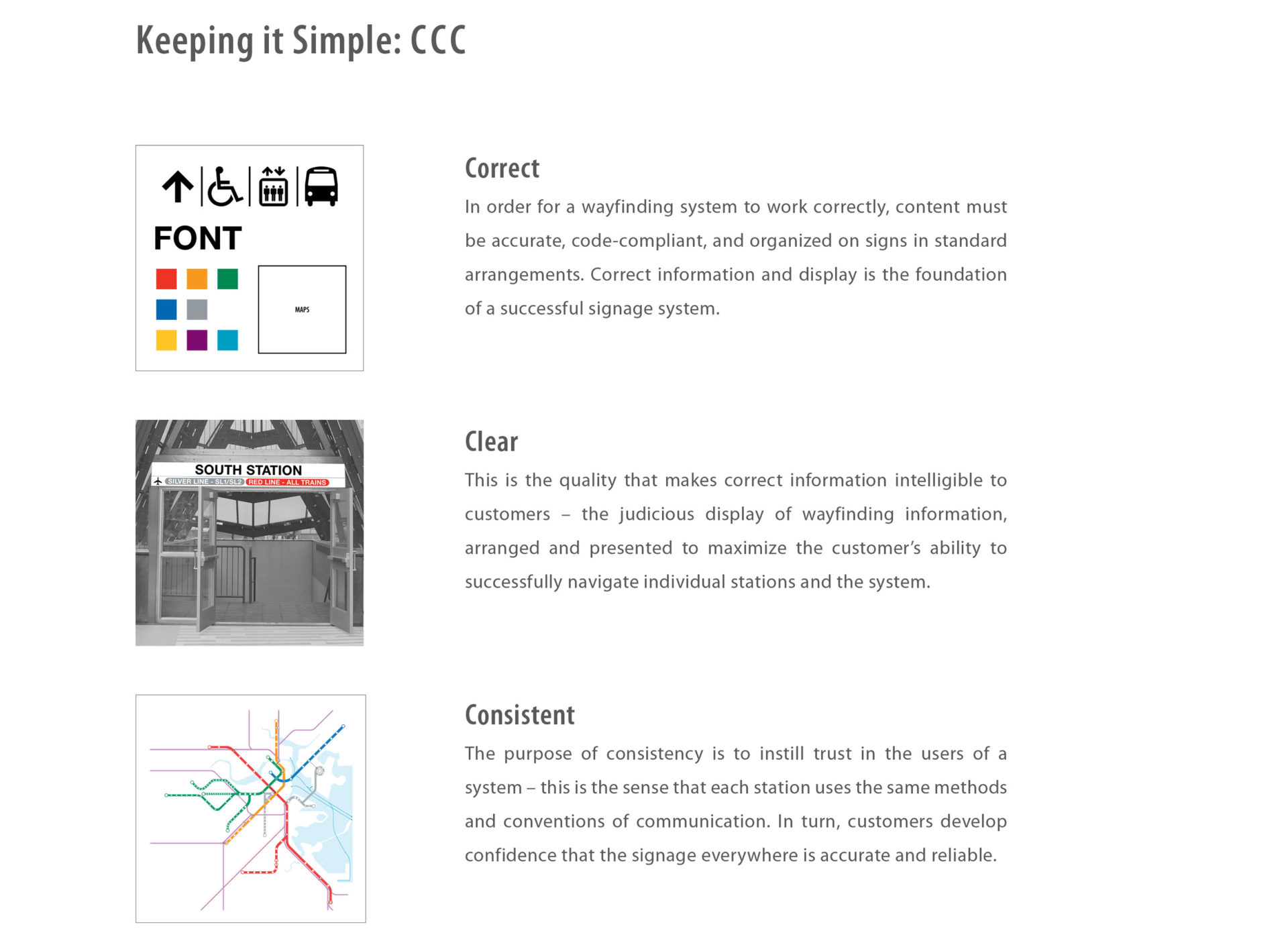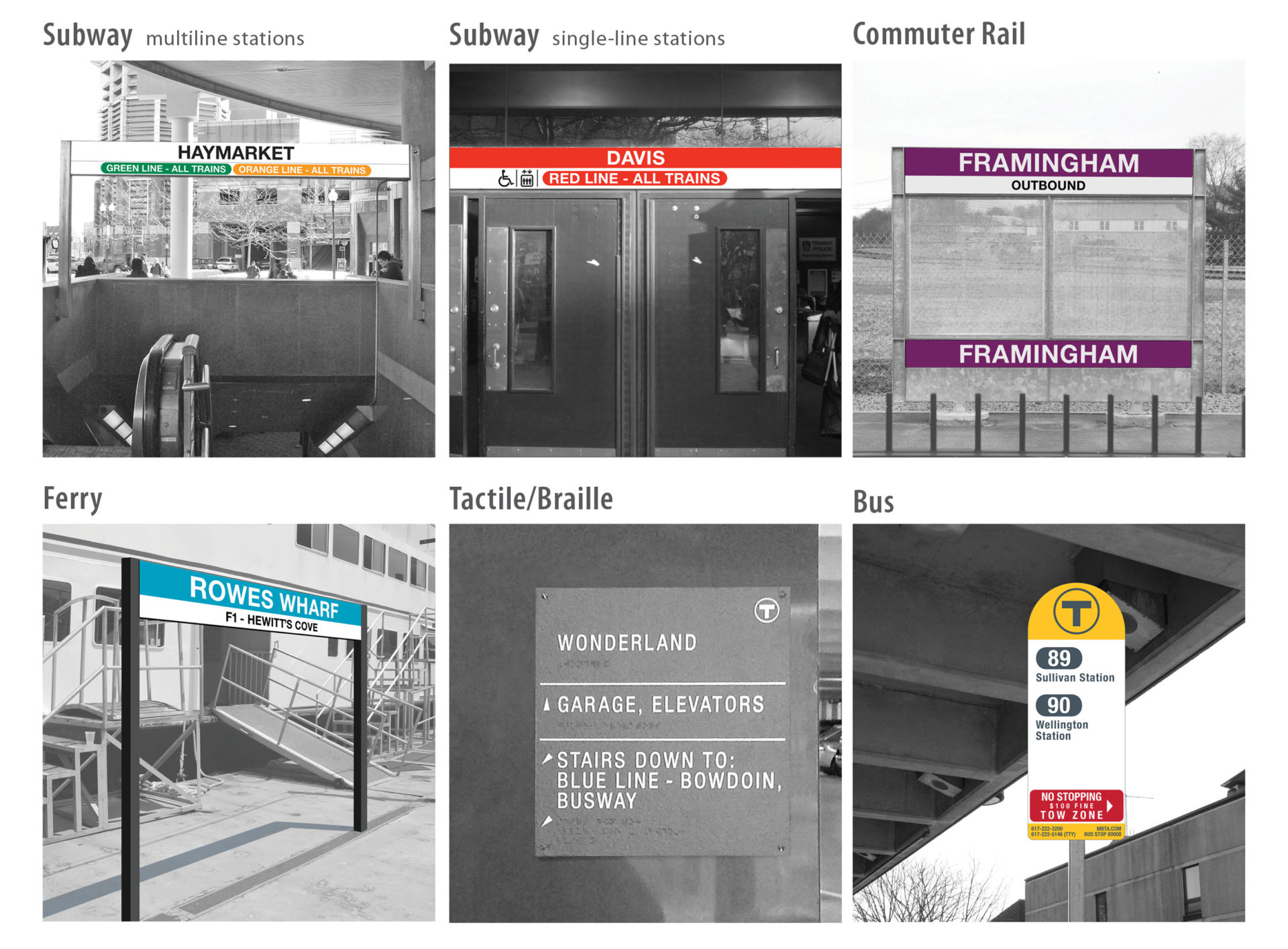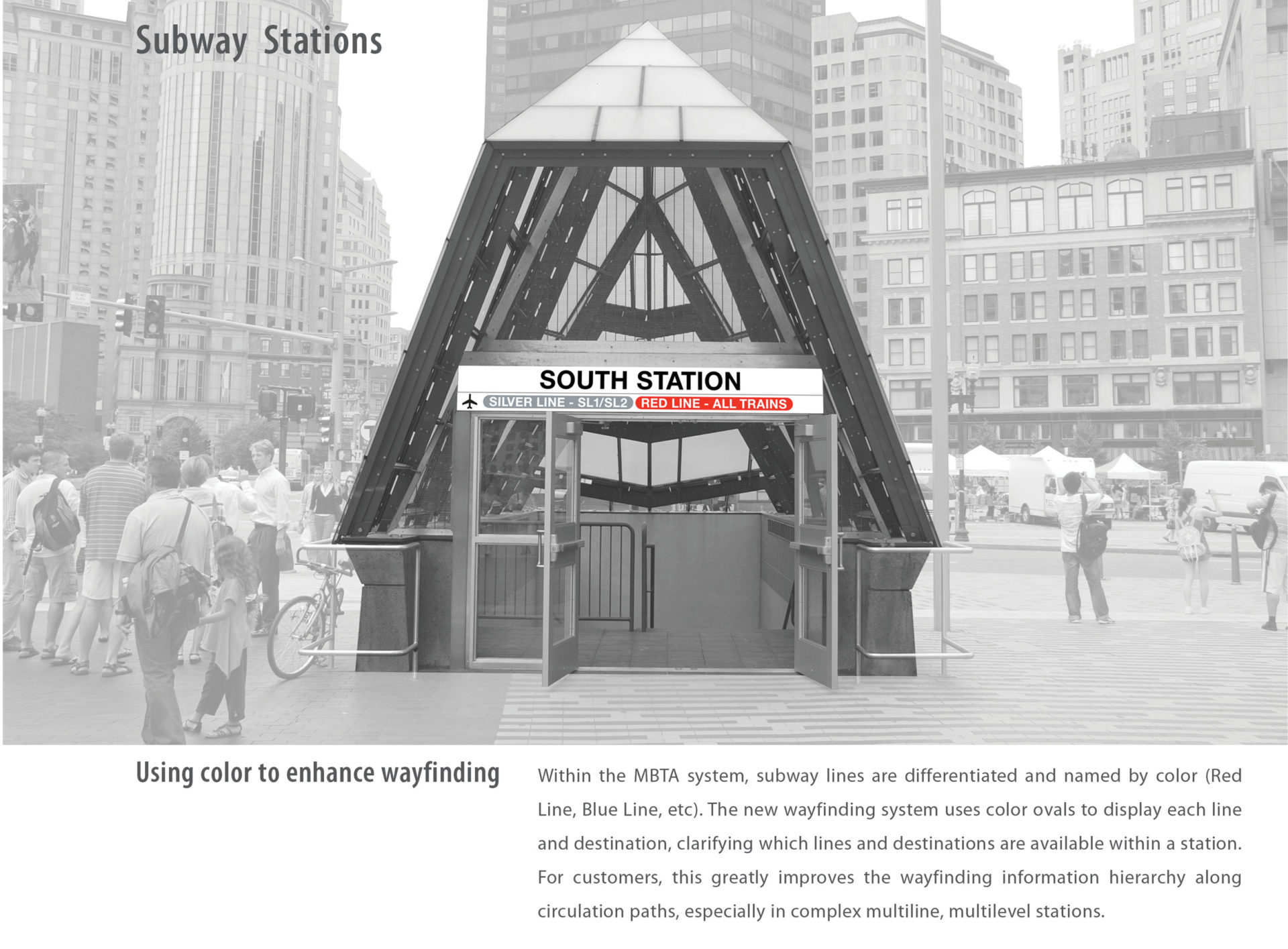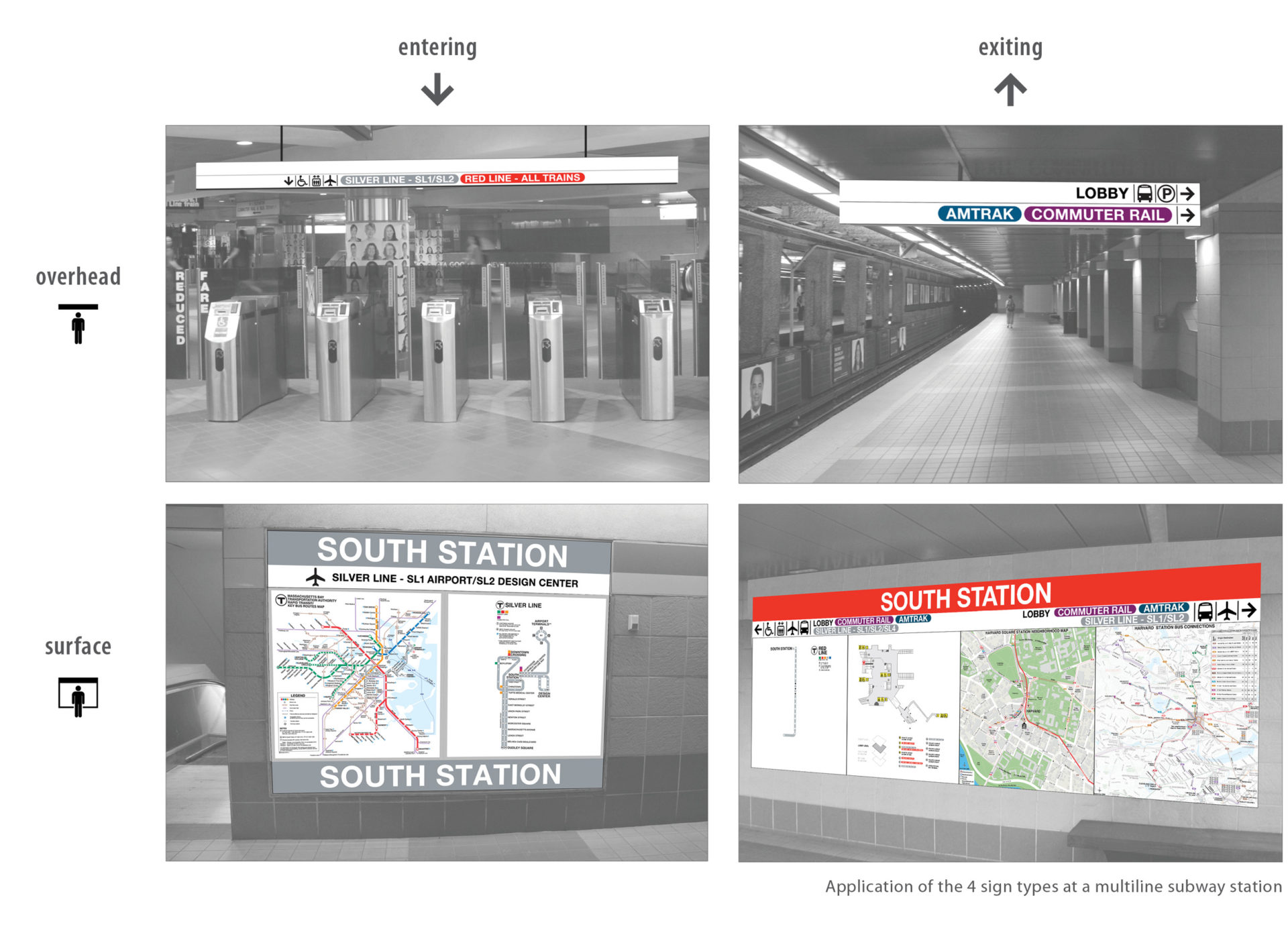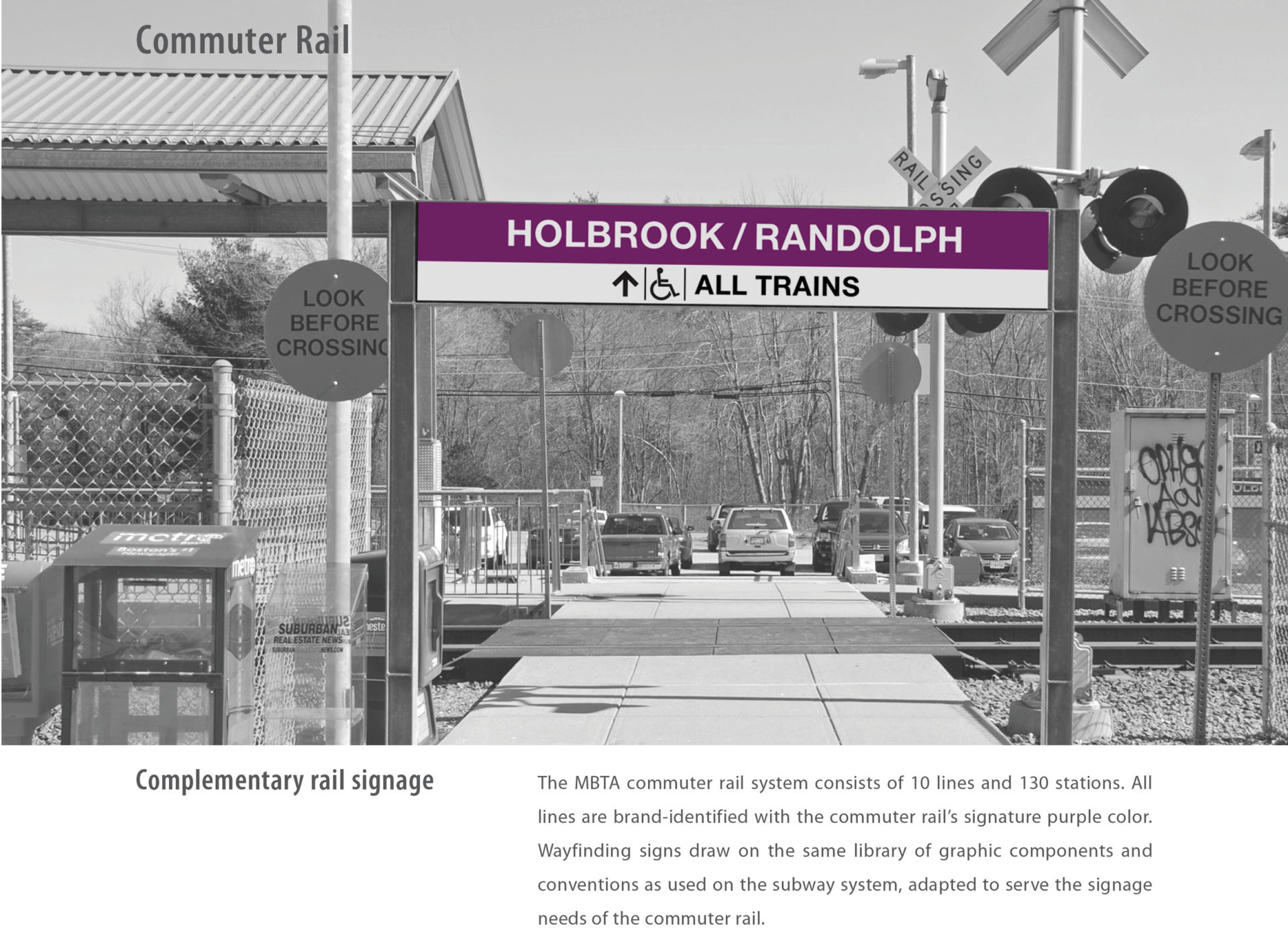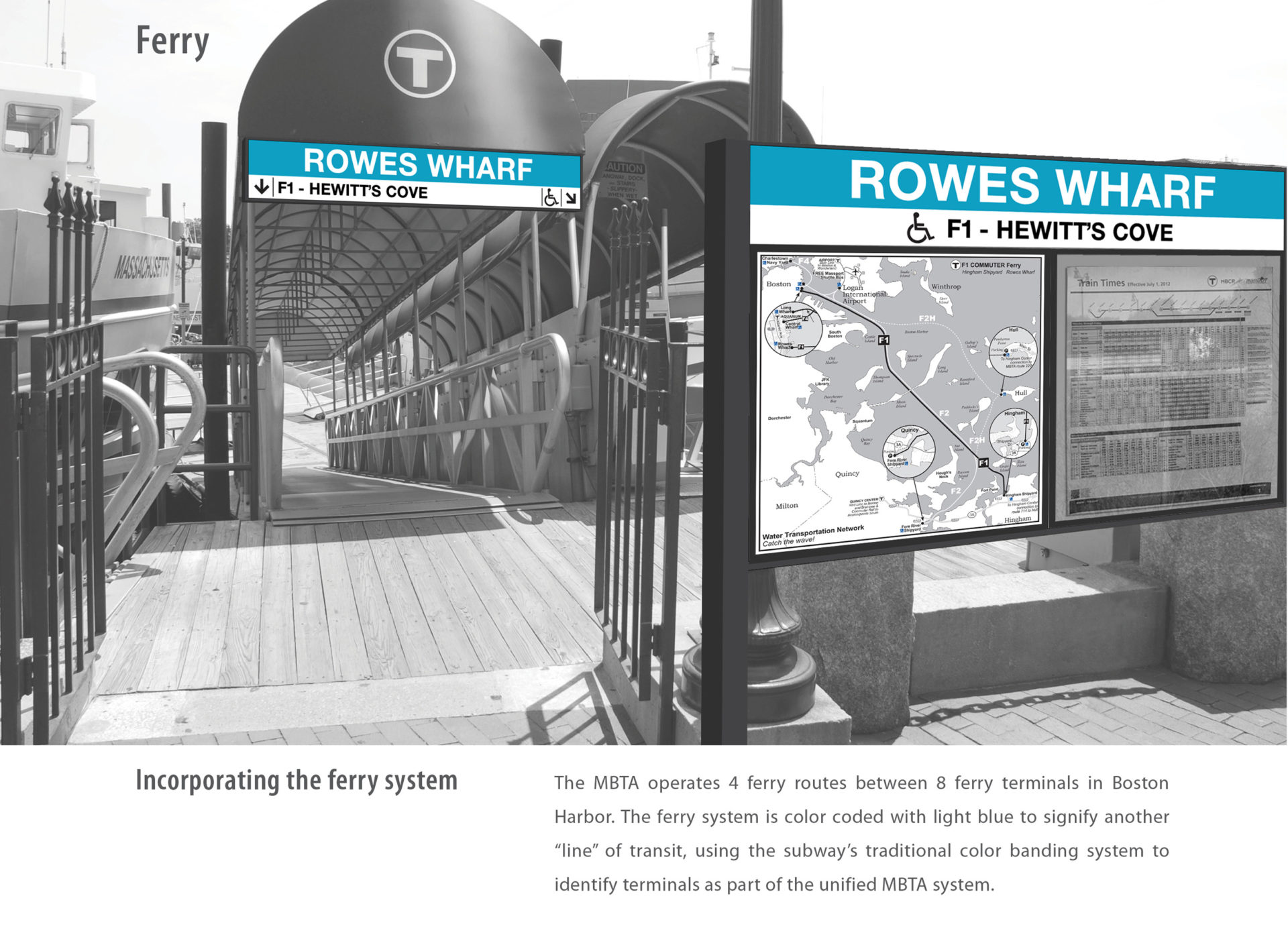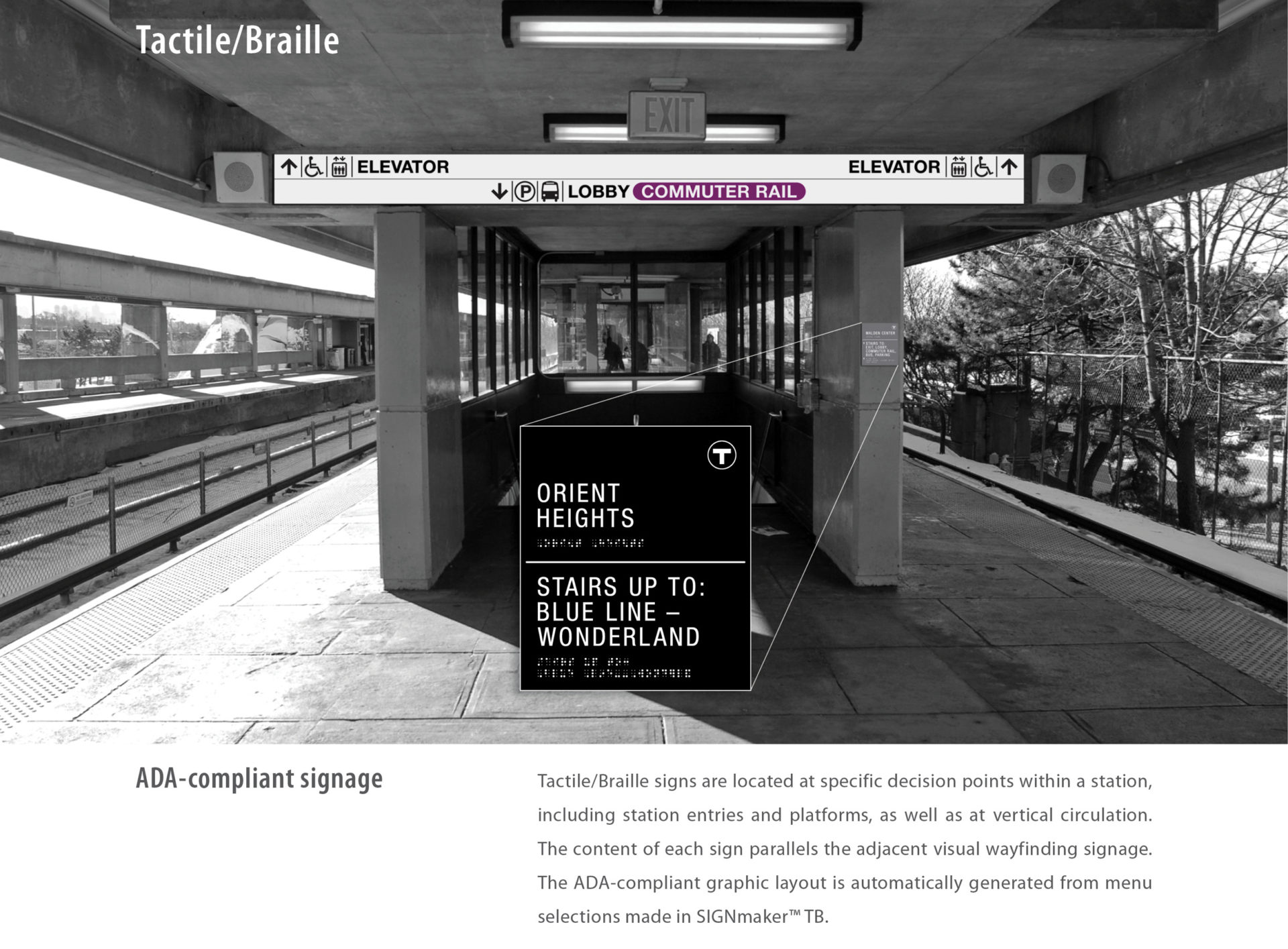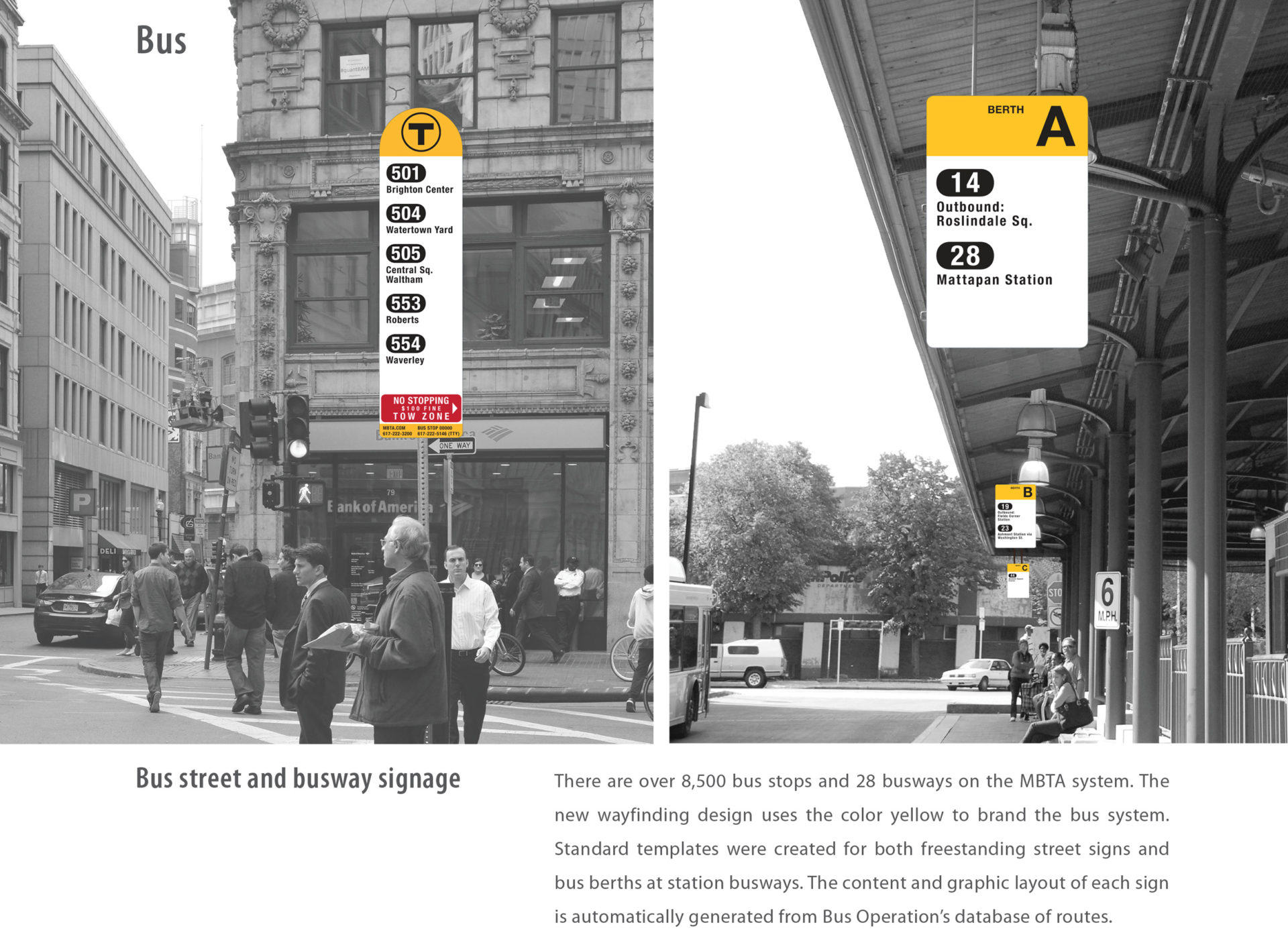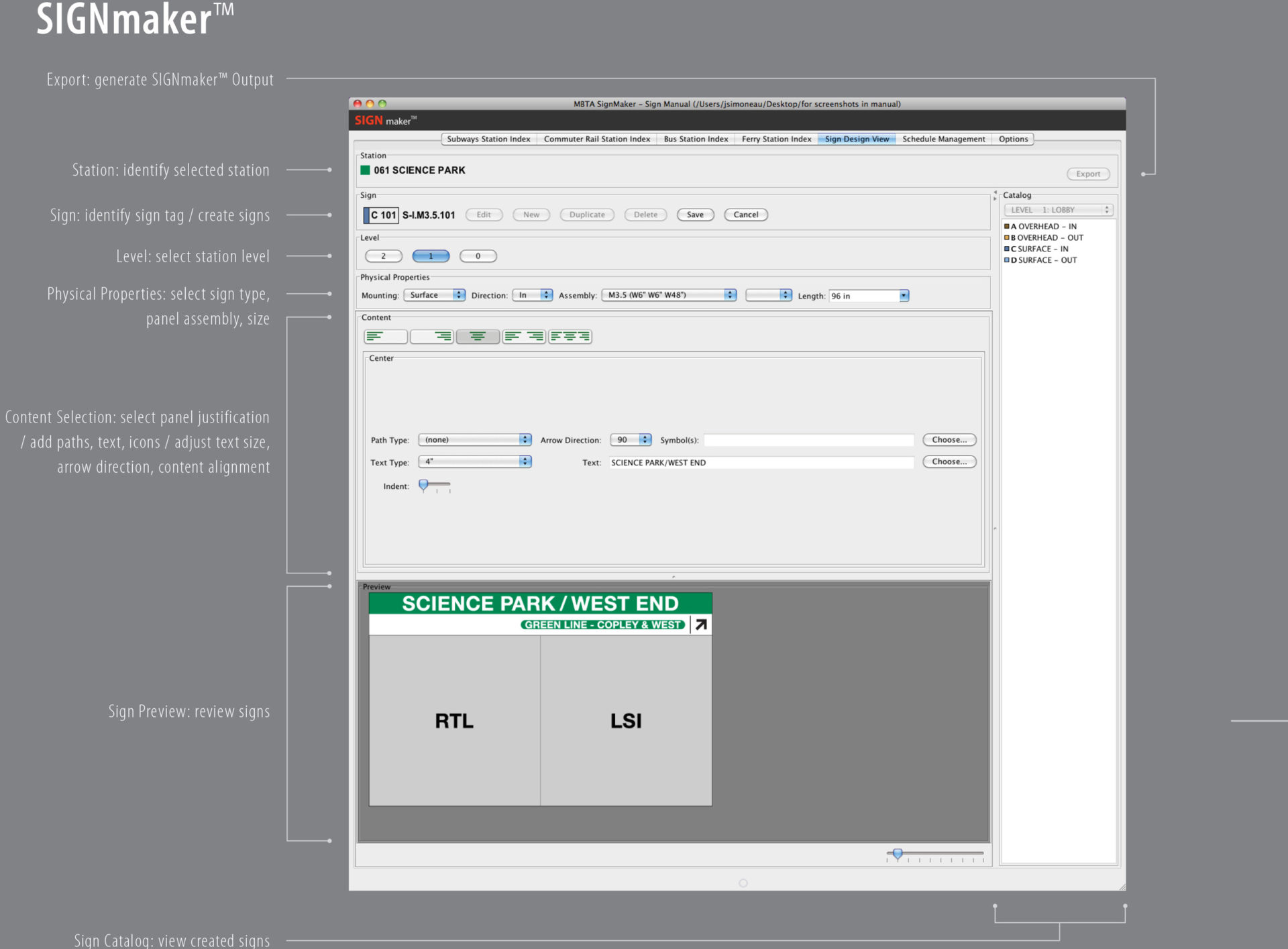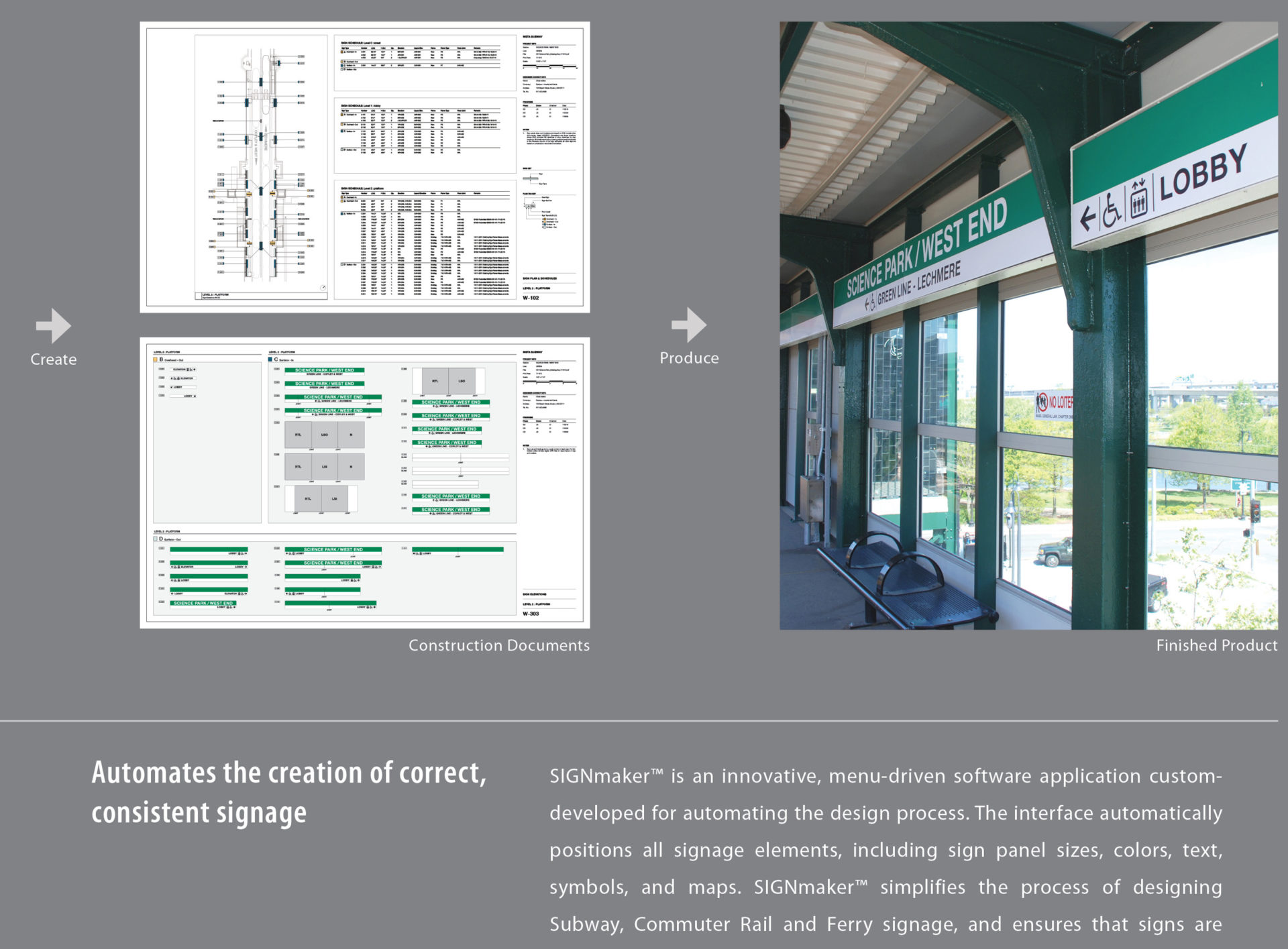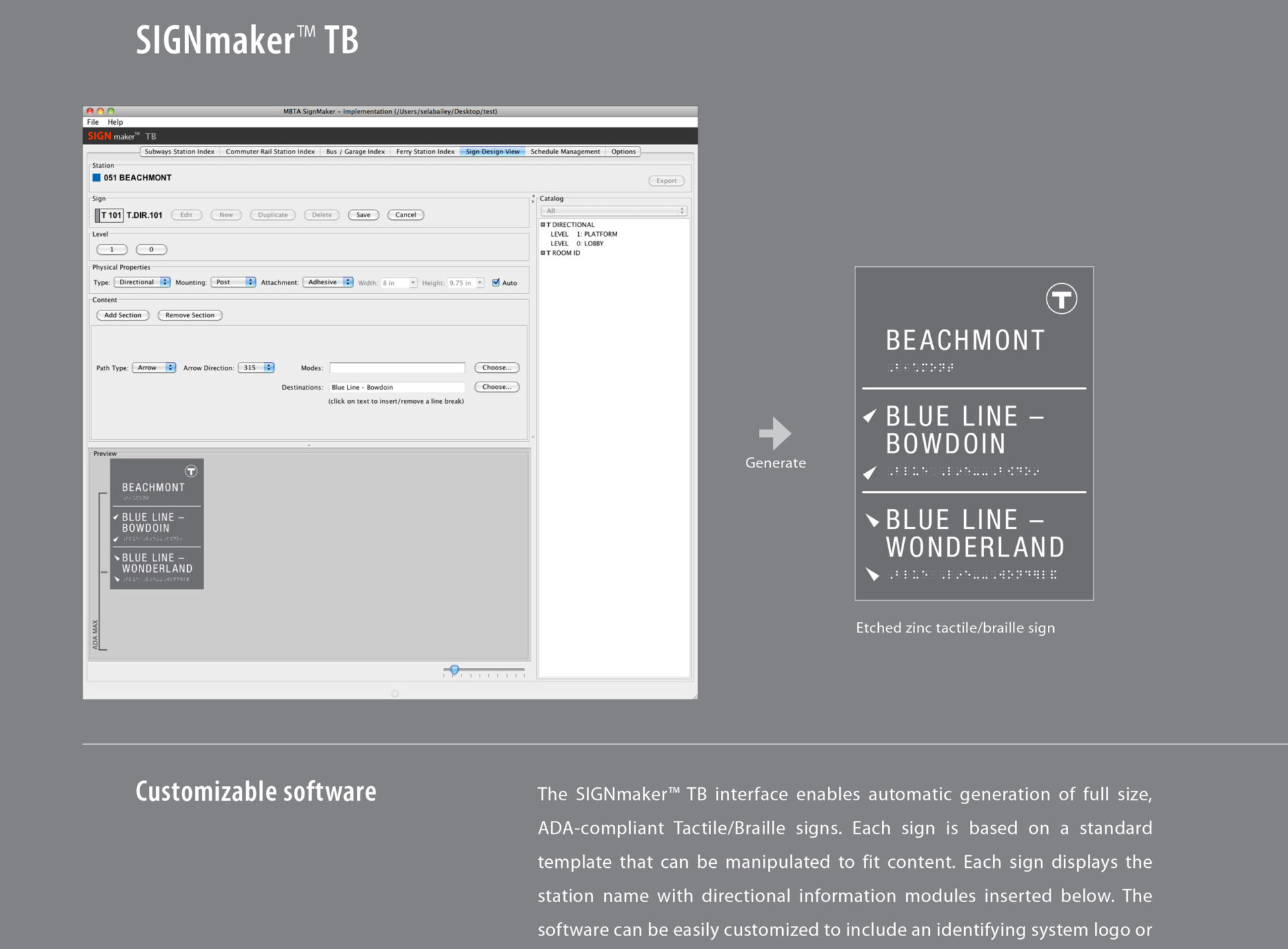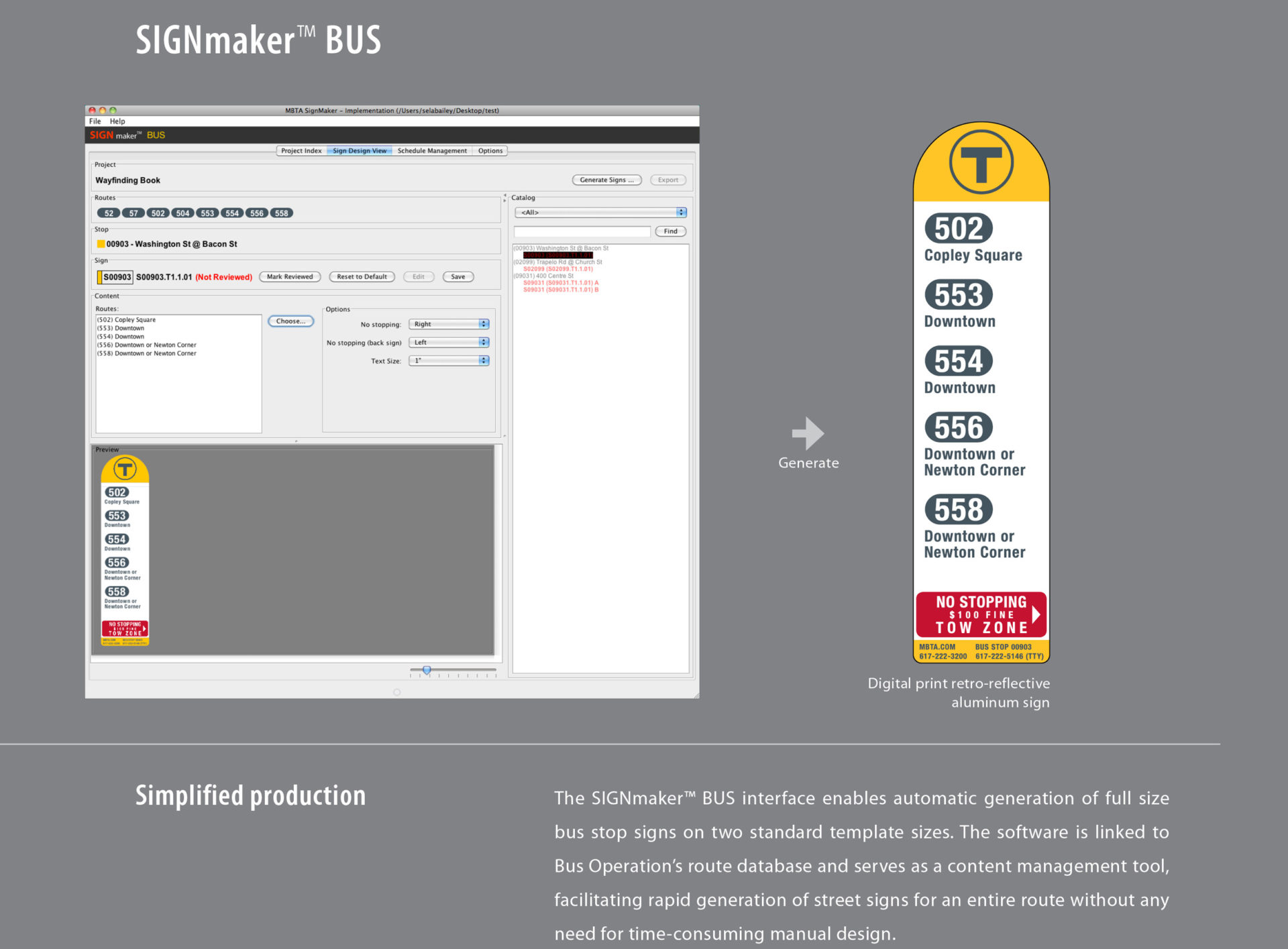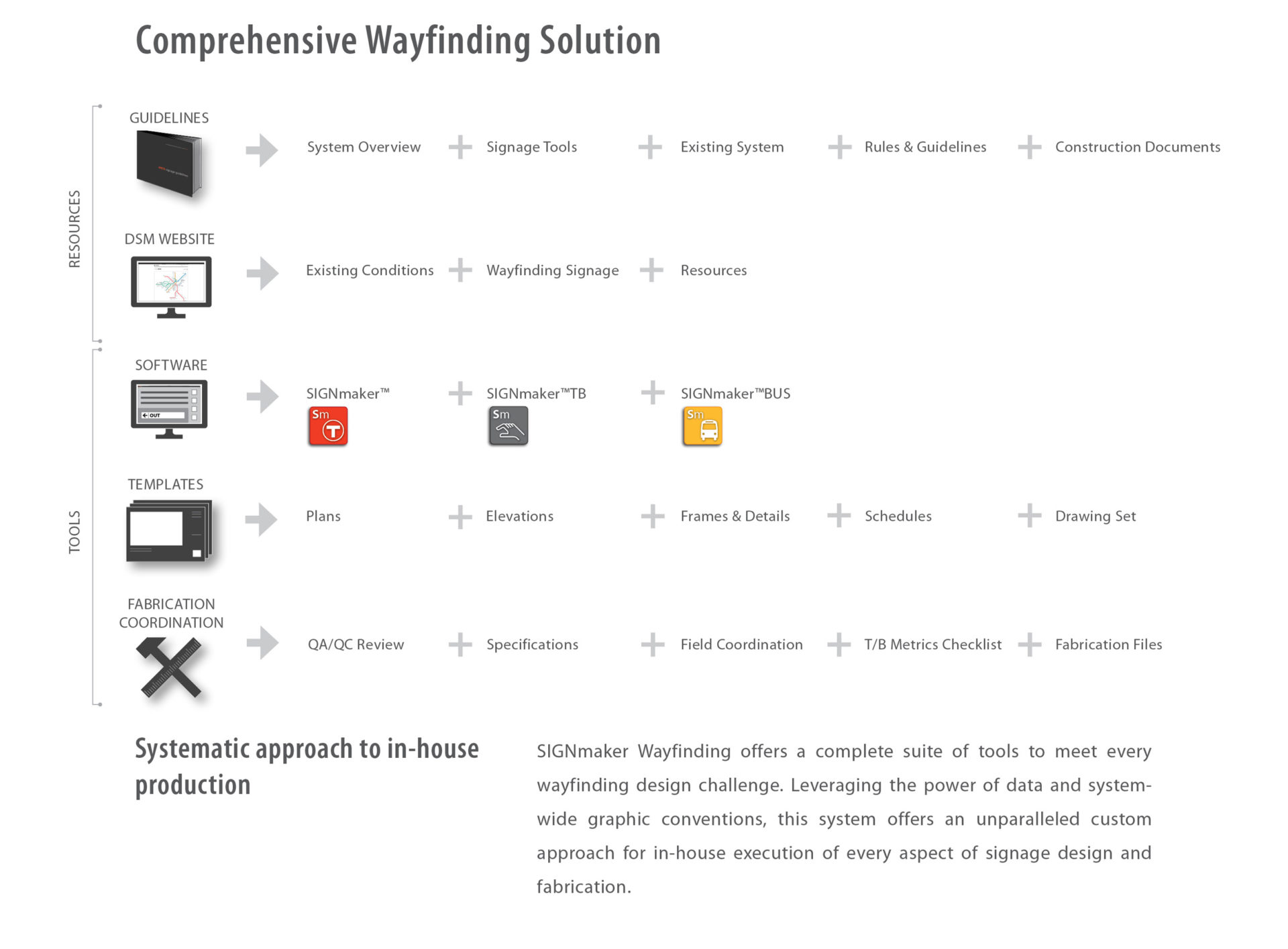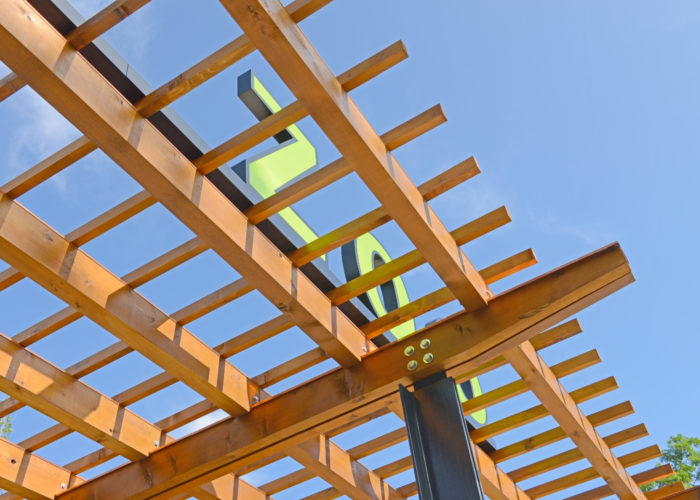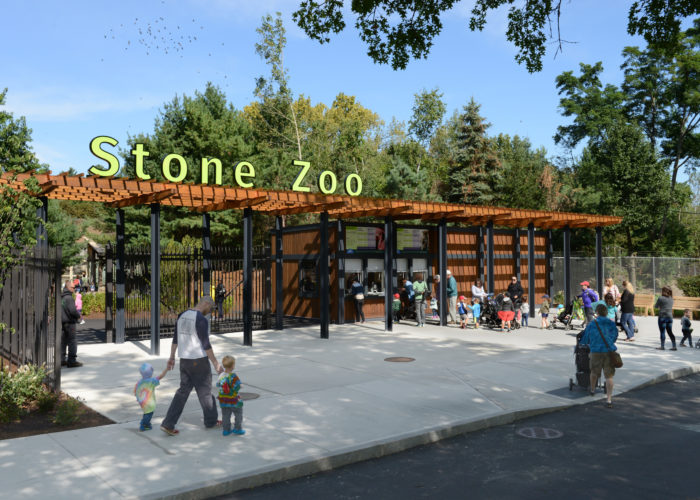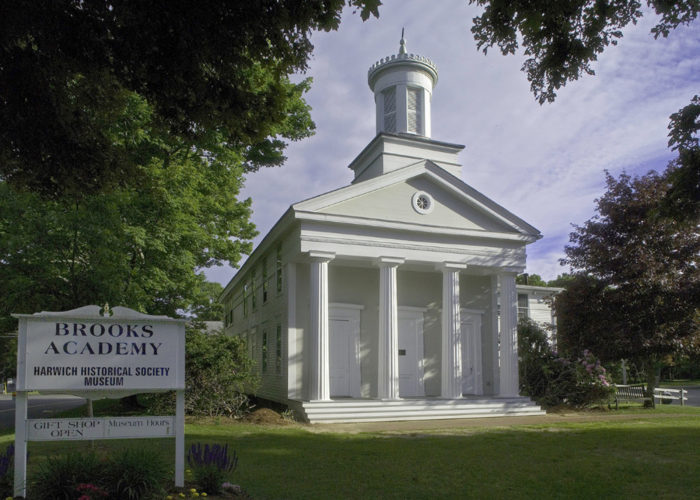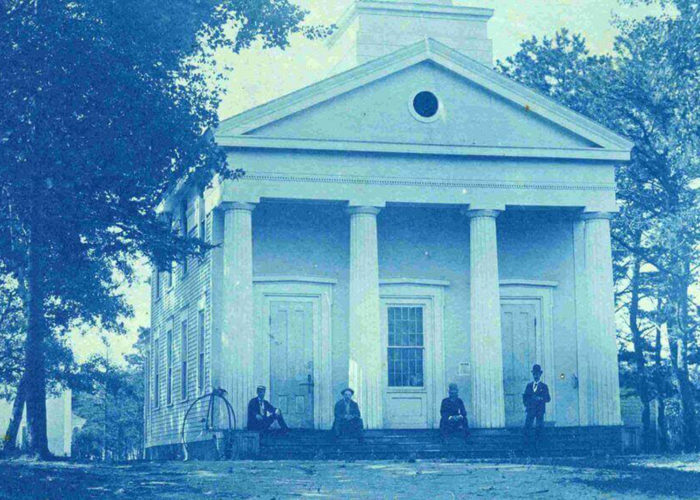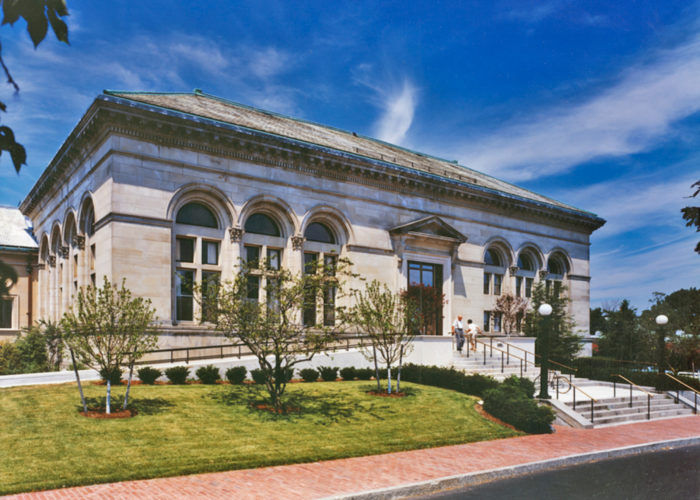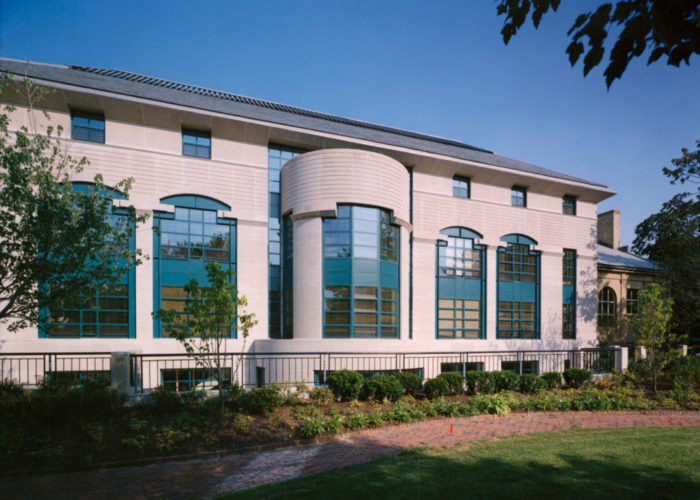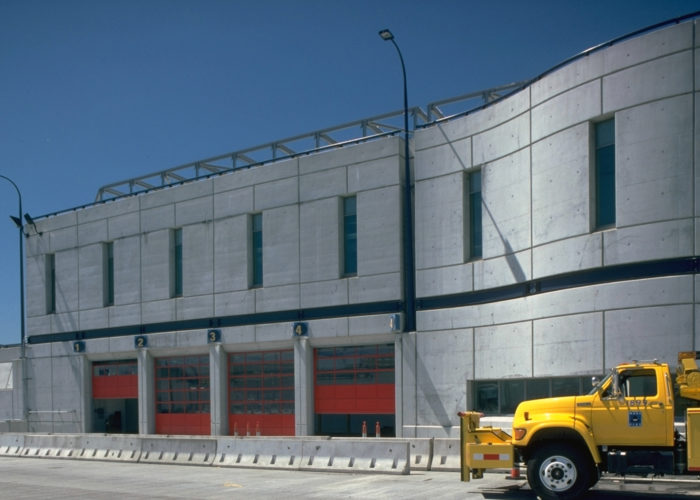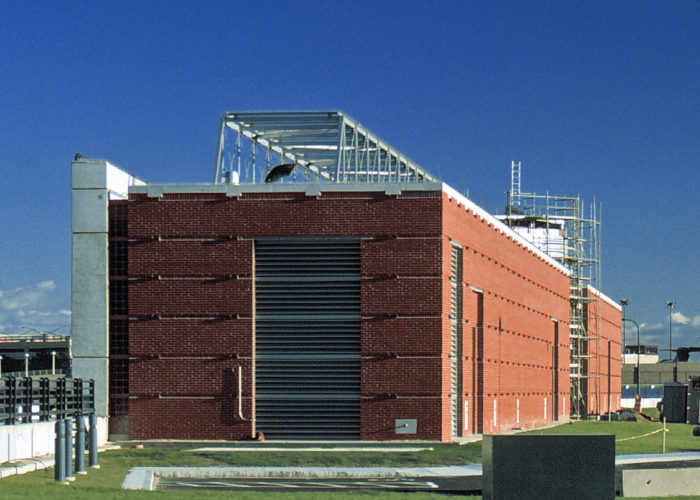Overview
Between 2009 and 2015 BIA developed a comprehensive new wayfinding signage system for the MBTA, which now serves as the standard for all station signage. The process entailed documentation of wayfinding signage and physical infrastructure at all MBTA subway, commuter rail, ferry stations; development of a new vocabulary and rule system for signage design; software for creating visual and tactile signage; a digital design manual/website providing guidelines or signage layout and fabrication (a repository of thousands of pages of documentation); and “How To” instructions for use by the MBTA and their consultants. Major components of the new system include:
SignMaker™ Wayfinding System
BIA developed an automated system for creating signage that includes three software applications and an end-to-end process for the design and fabrication of both visual and tactile/braille signage. The customizable, menu-driven software applications help automate the design process and ensure that signs are clear, correct and consistent. The three software packages include, SignMaker™ (Visual), SignMaker™ TB (Tactile Braille), and SignMaker™ BUS, which are described following.
Visual Wayfinding Signage
The comprehensive redesign of the MBTA’s entire wayfinding system establishes a single, unified signage system and reinforces the MBTA’s brand consistency and reliability. The new wayfinding system creates a consistent system of signage display and location by understanding how customers move through stations. The signage system is built on individual station data and a newly-designed library of standard wayfinding graphic elements which are integrated into the custom software application, SignMaker™.
Tactile/Braille Signage
The custom software application, SignMaker™ TB, enables automatic generation of full size, ADA-compliant tactile/braille signs. Output files are used for direct fabrication of etched zinc or stainless steel signs. The system includes a systematic layout of directional signage at key decision points within a station, as well as room ID signs and station entry maps.
Bus Signage
The new bus signage system uses the color yellow to brand the bus mode as a “line,” and integrates bus signage into the MBTA’s unified signage system. The content and graphic layout of each sign is automatically generated from a database of routes and stops using the custom software application SignMaker™ BUS. The MBTA has completed installing the new signs on all of their designated key (high-use) bus routes.
The MBTA is in the process of implementing the new wayfinding signage program throughout the all 280 transit stations. In the initial phase, the system was implemented at six pilot stations, including: Assembly Square, Government Center, Wonderland, Orient Heights, Science Park, and South Weymouth.
